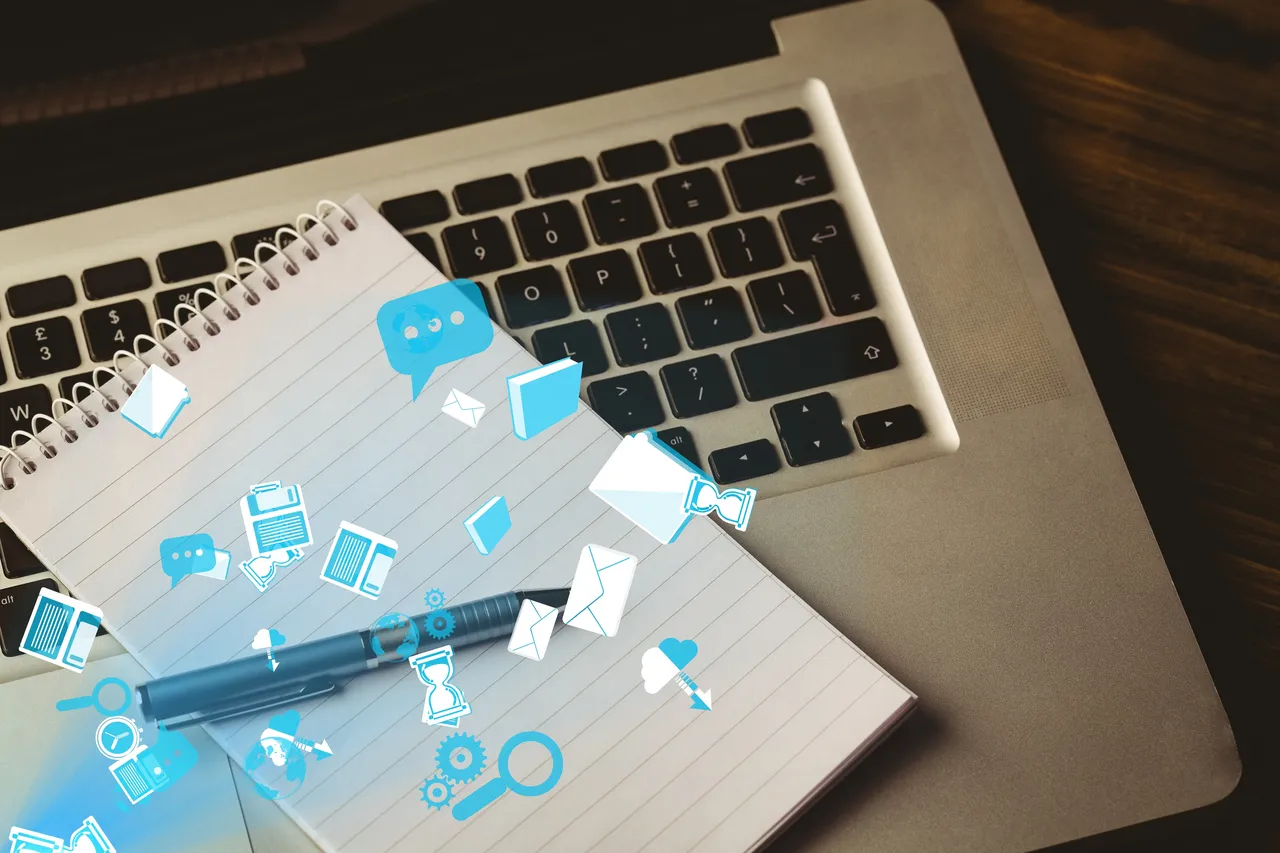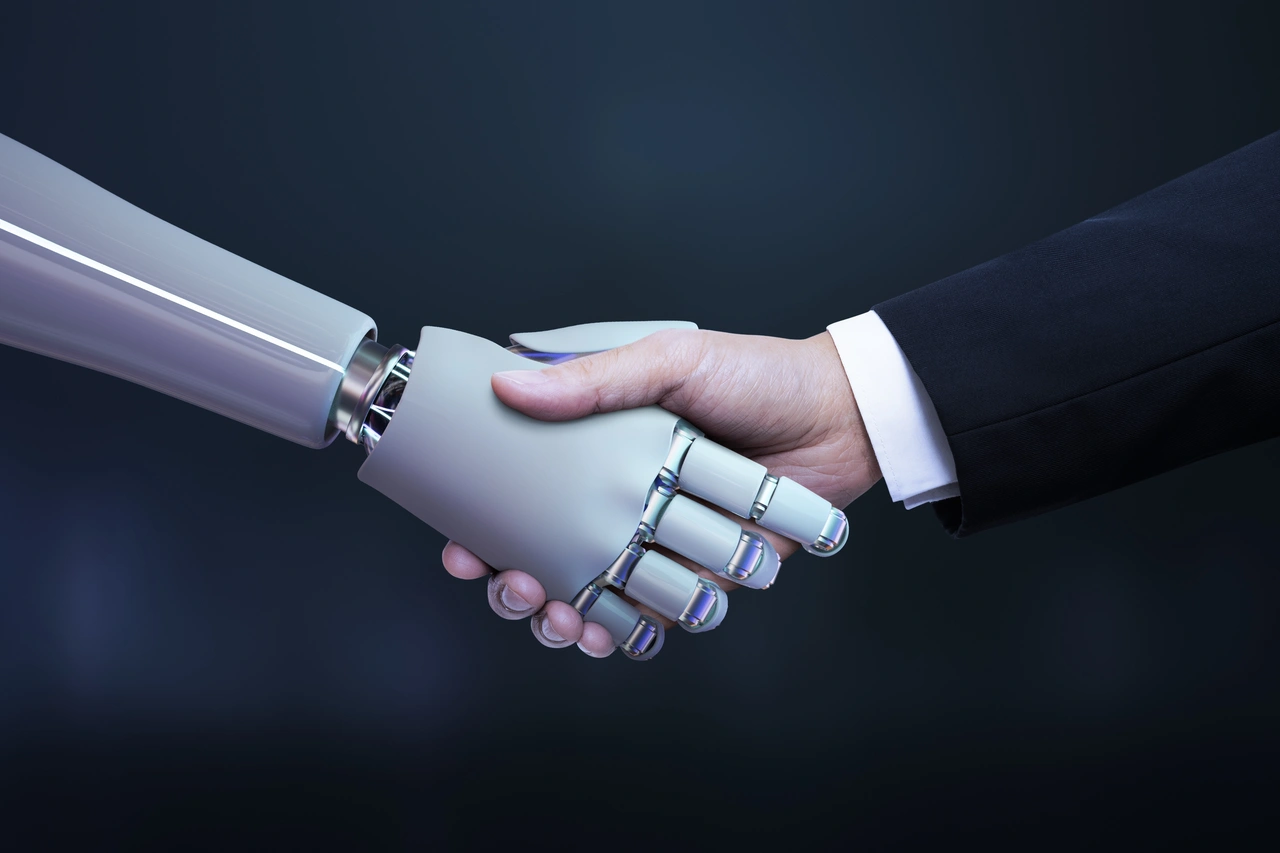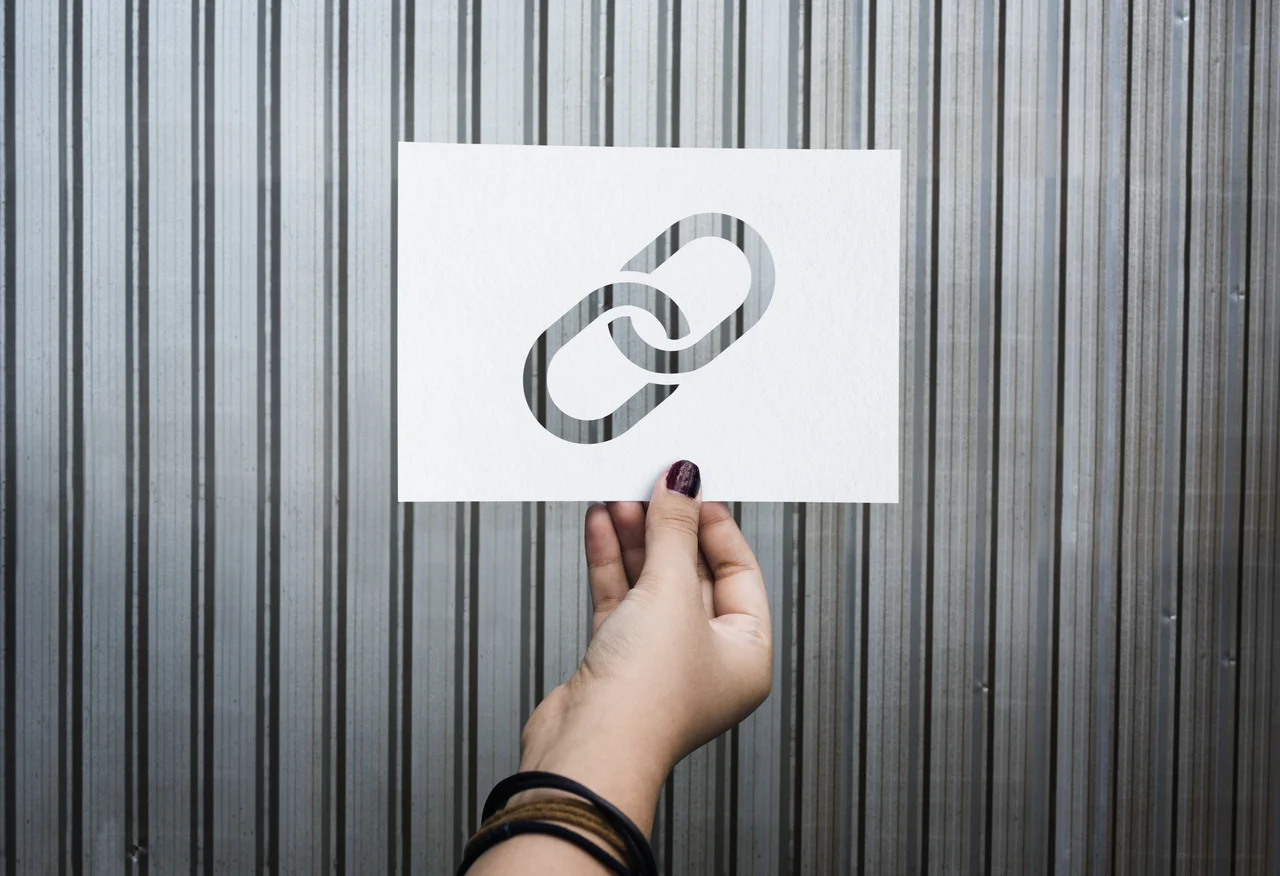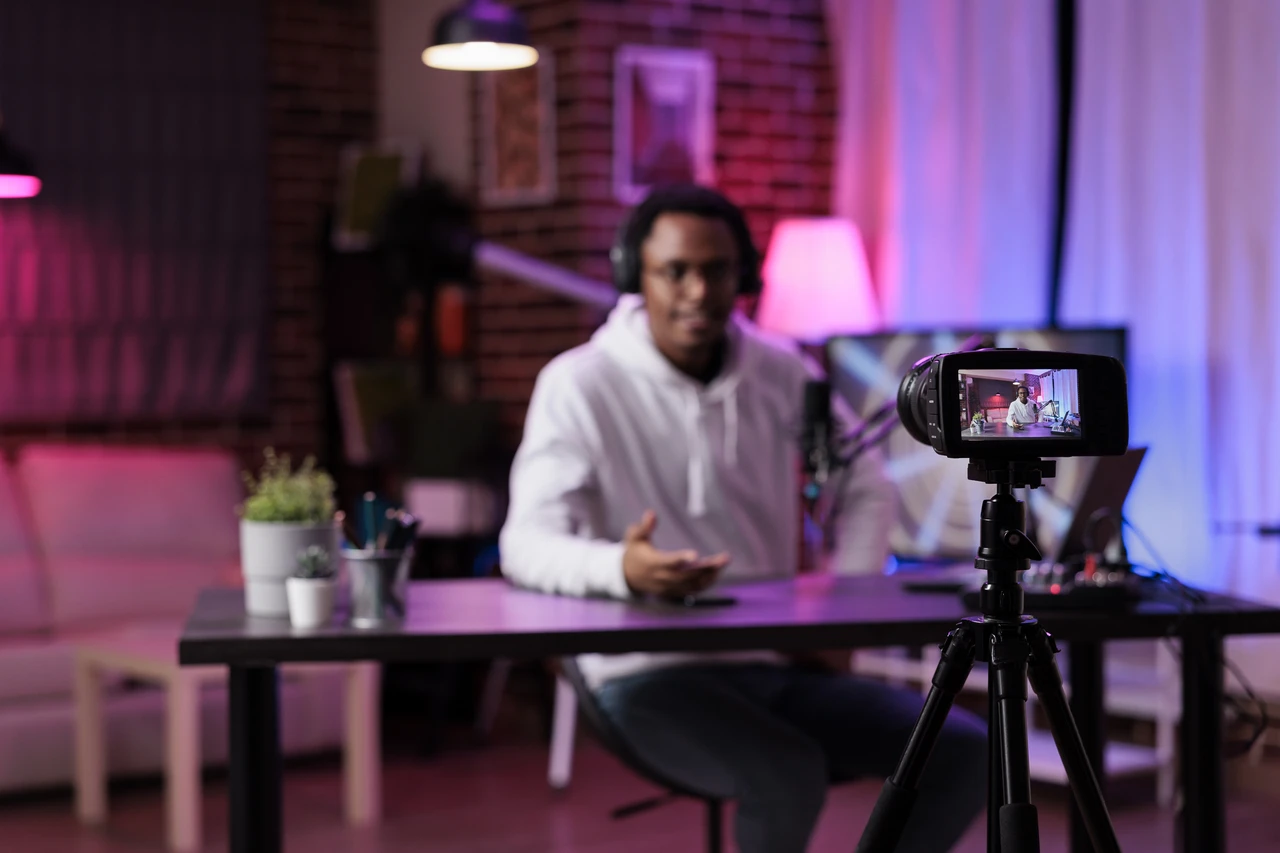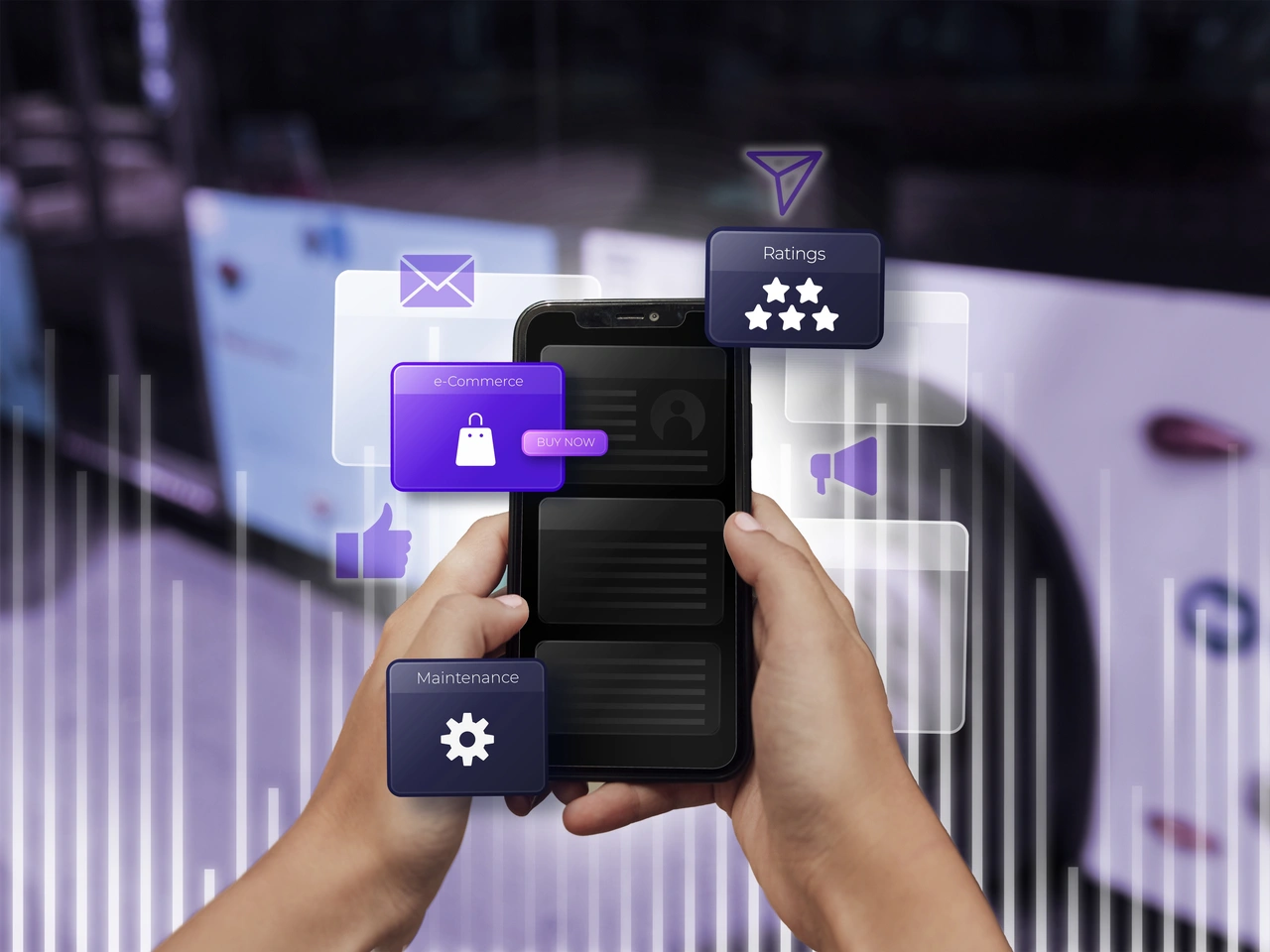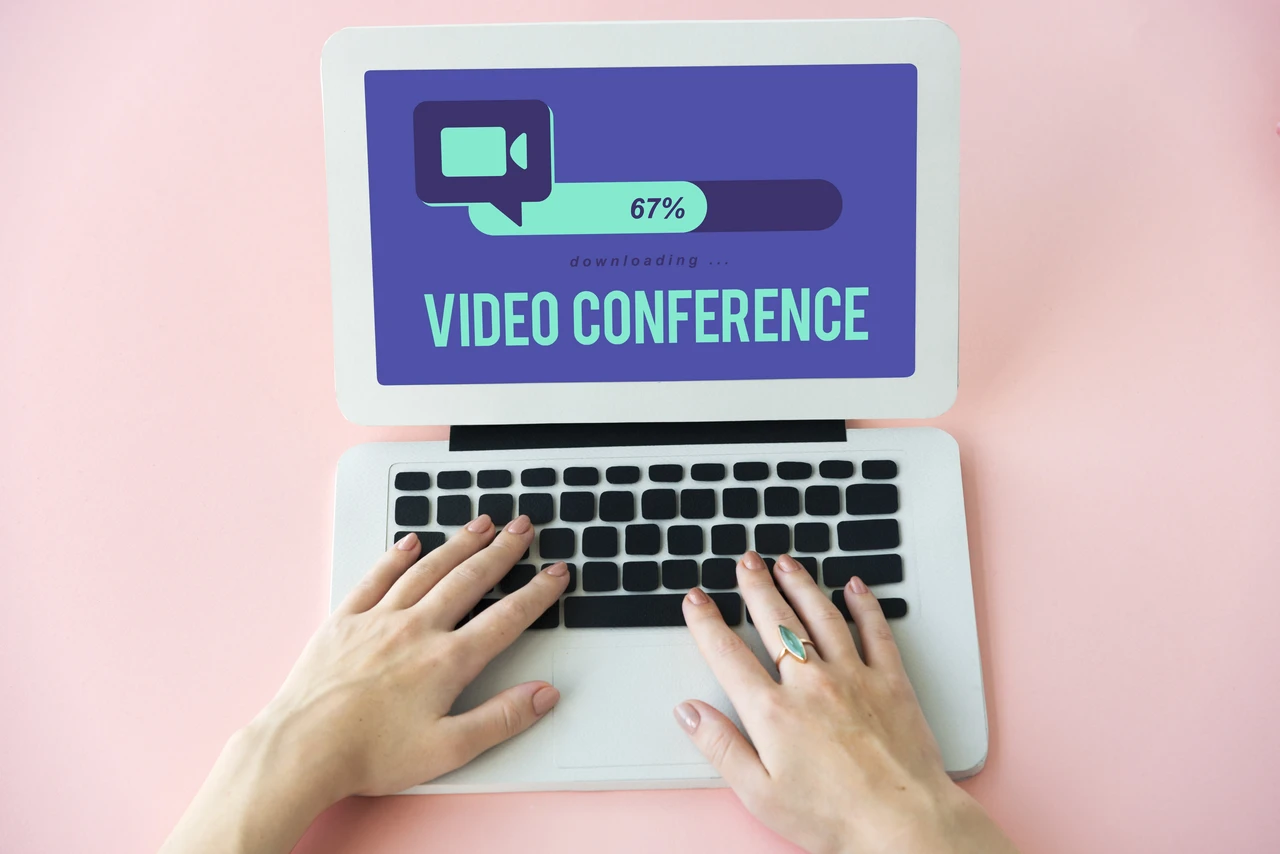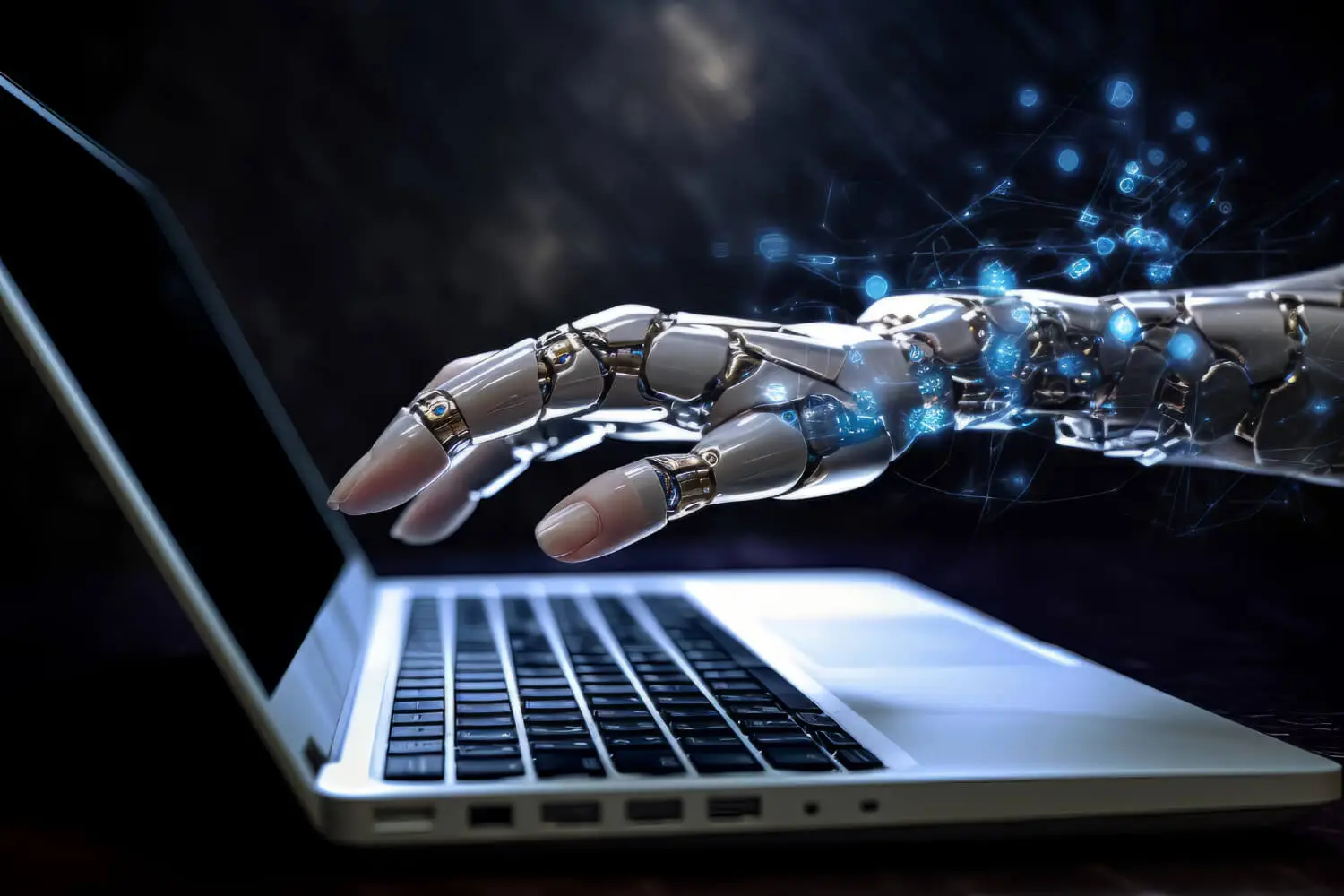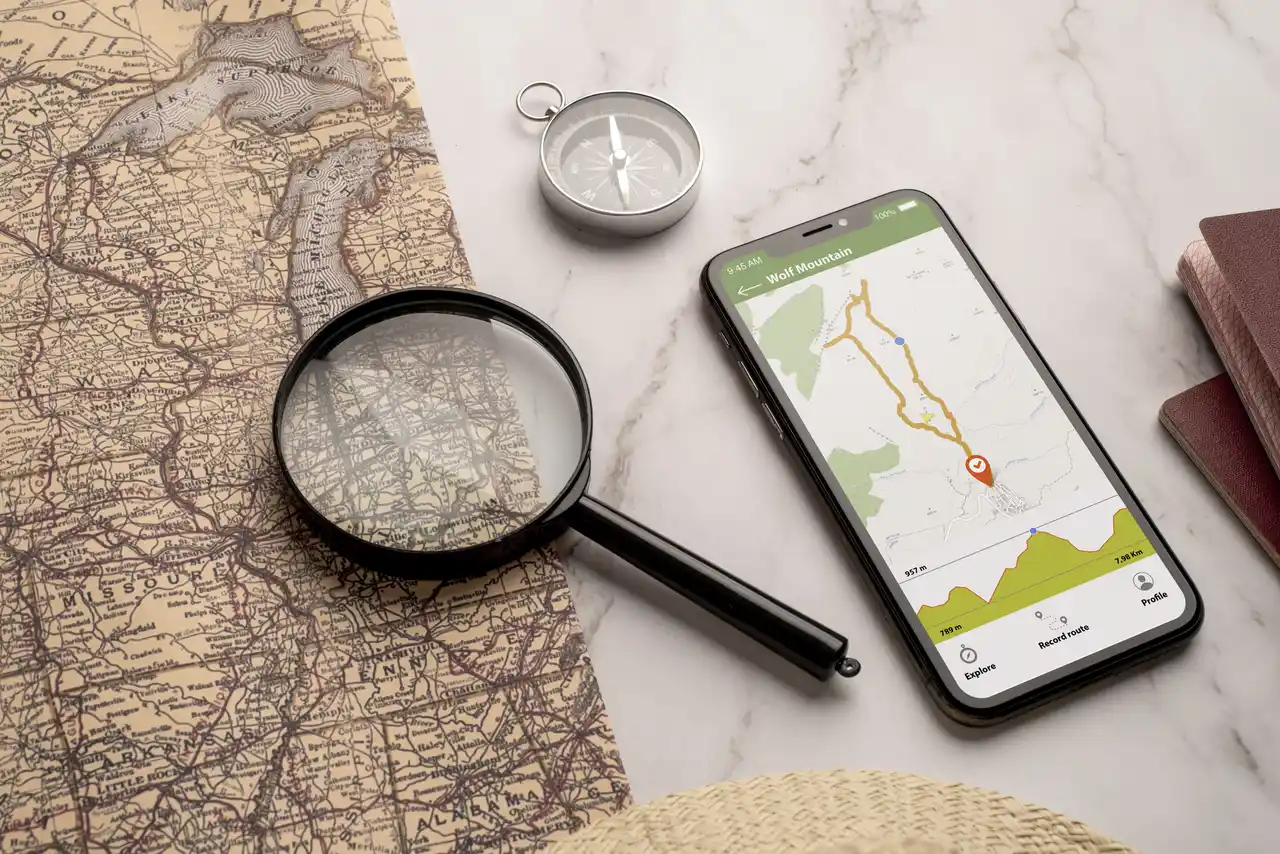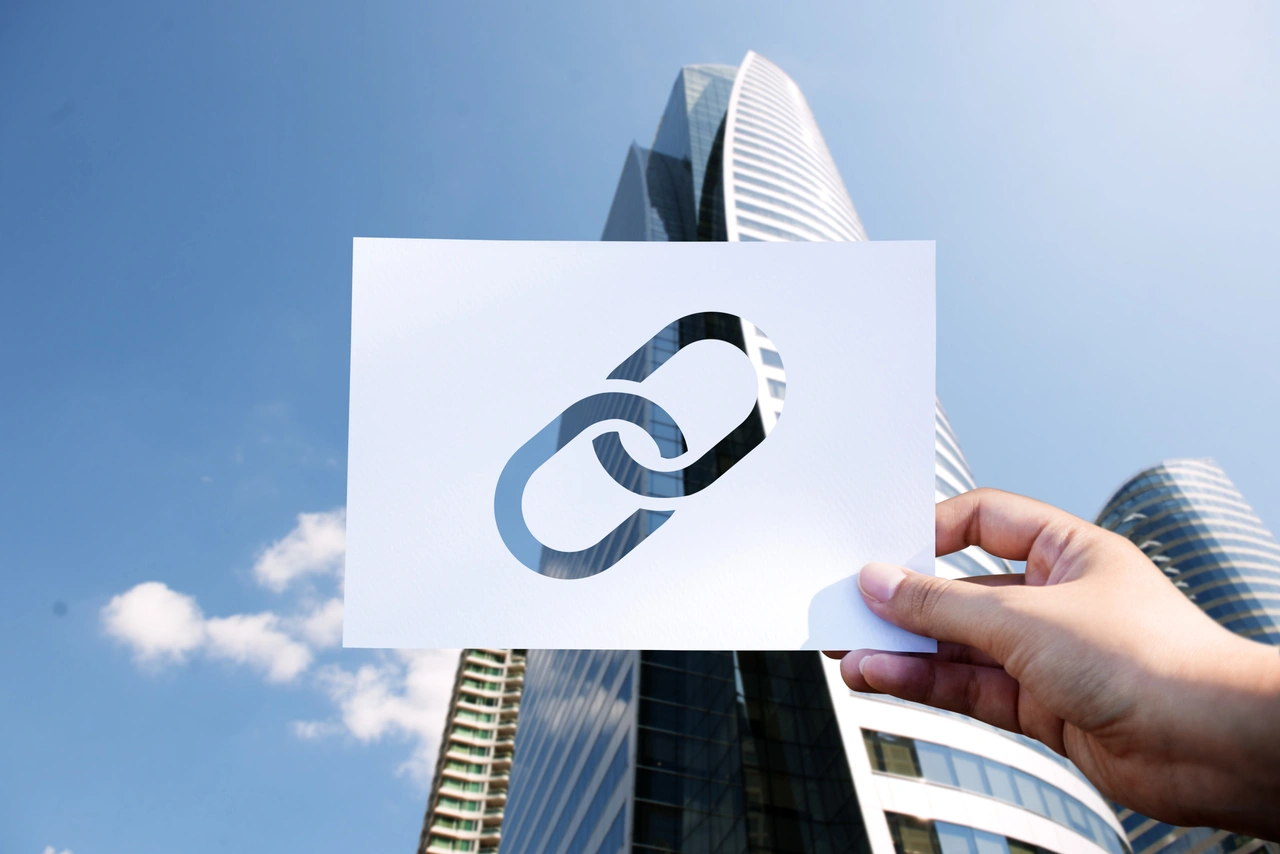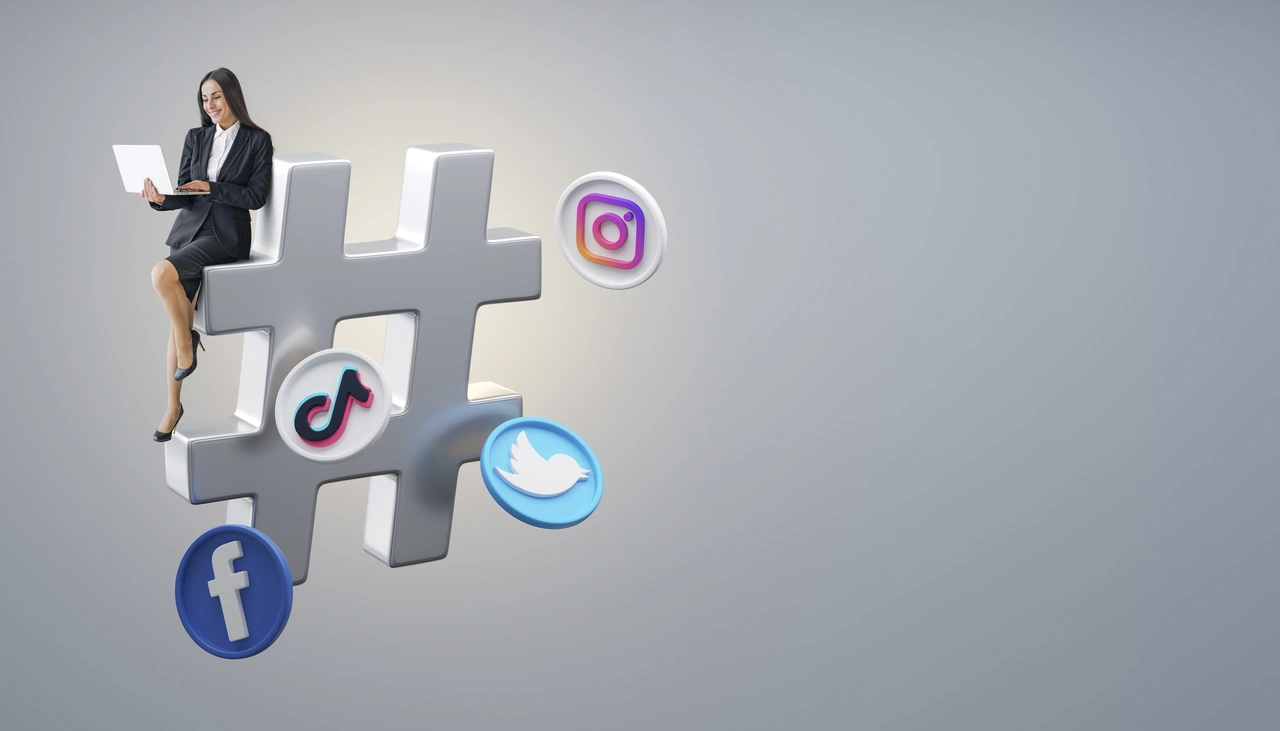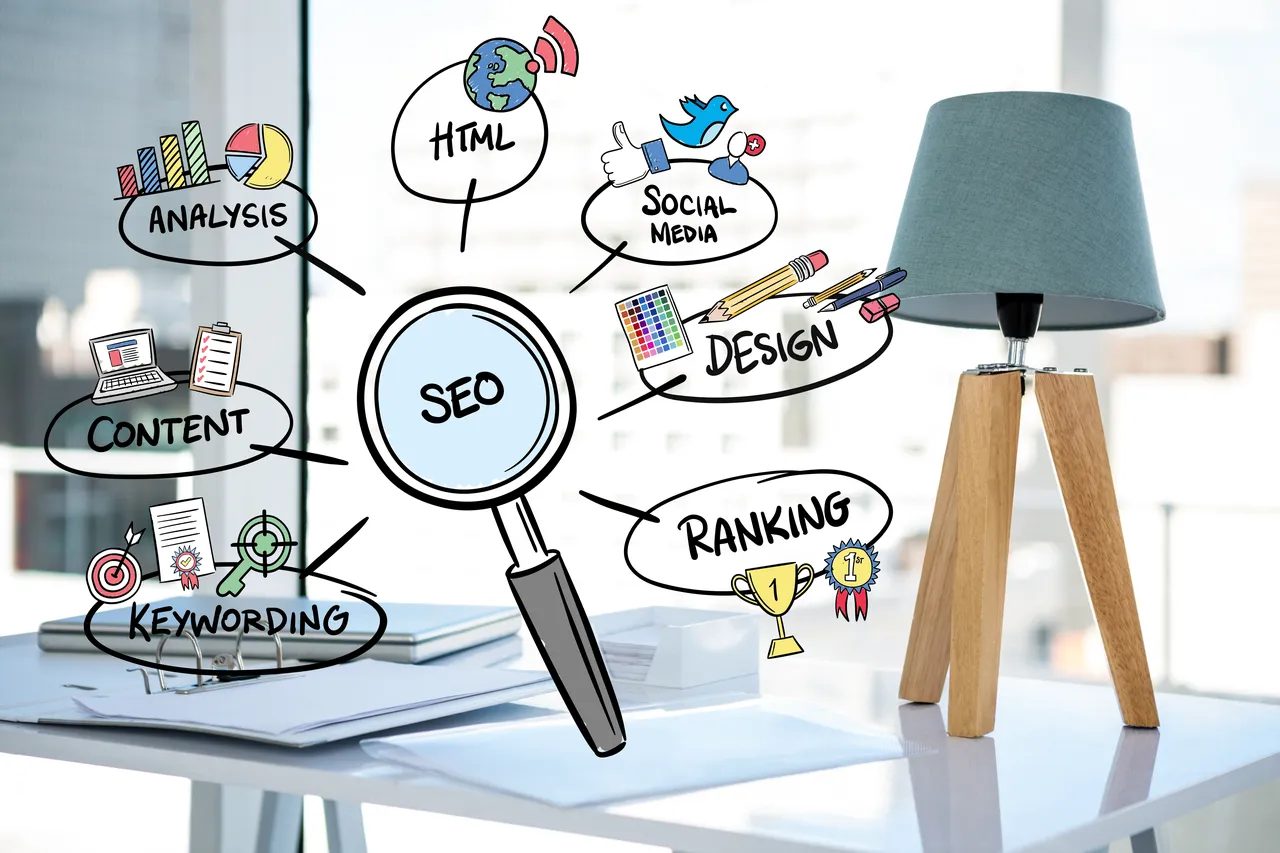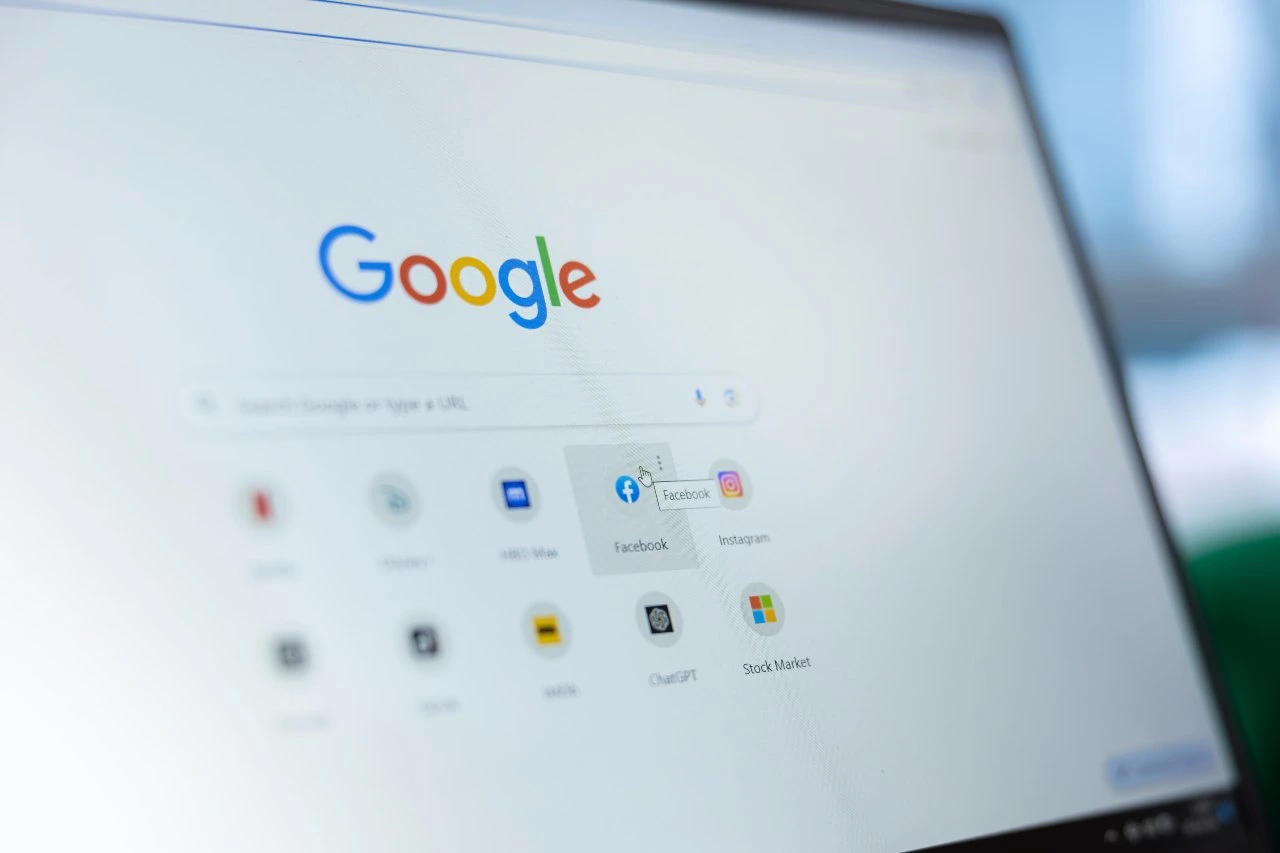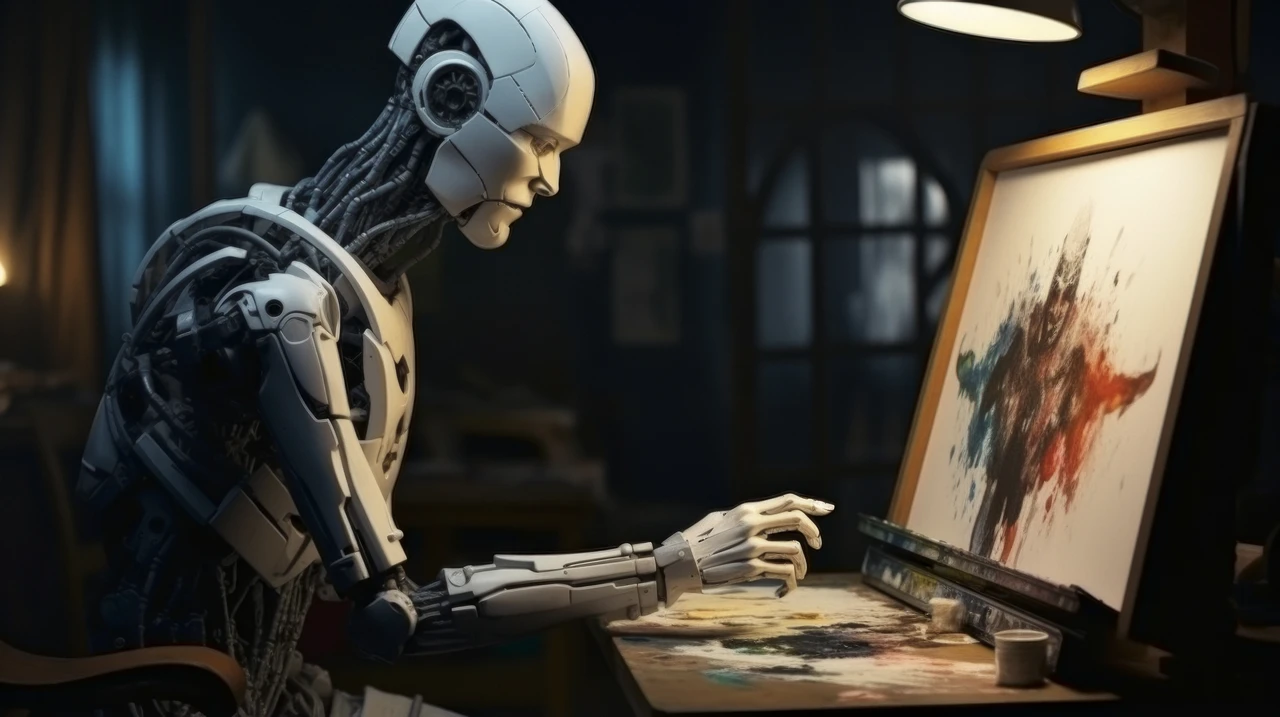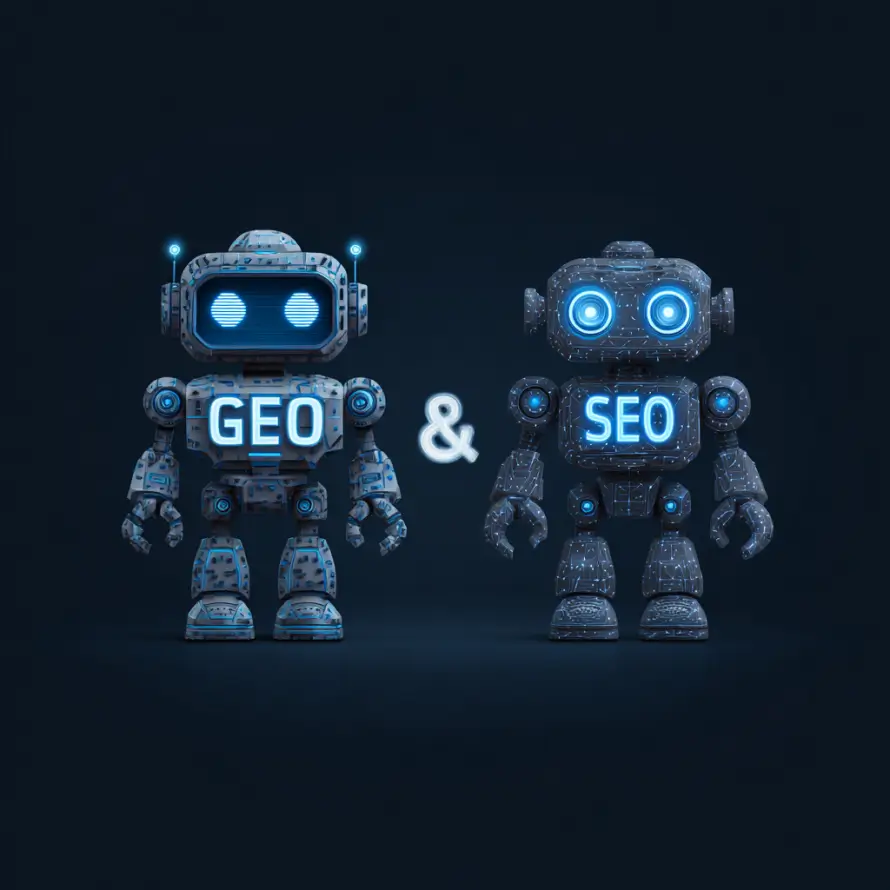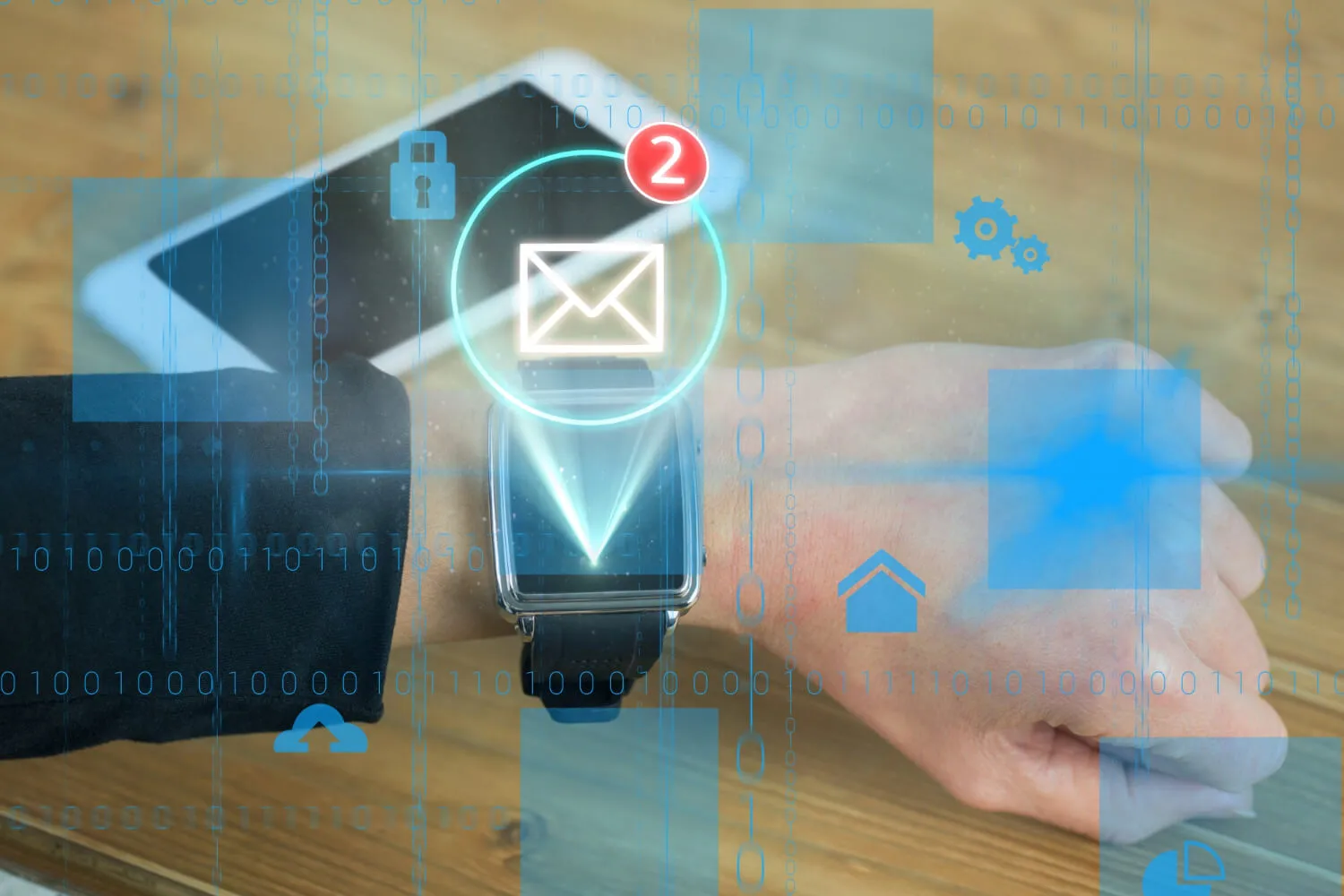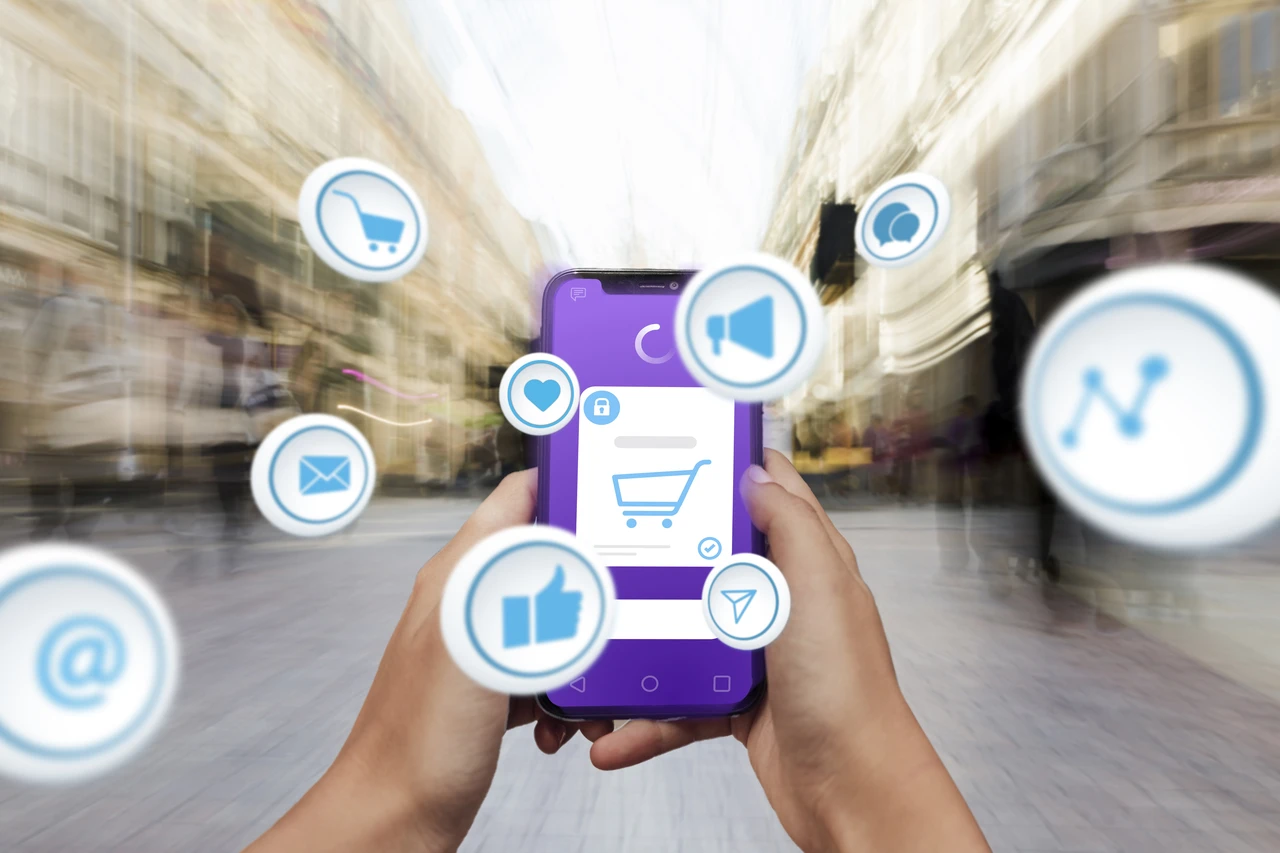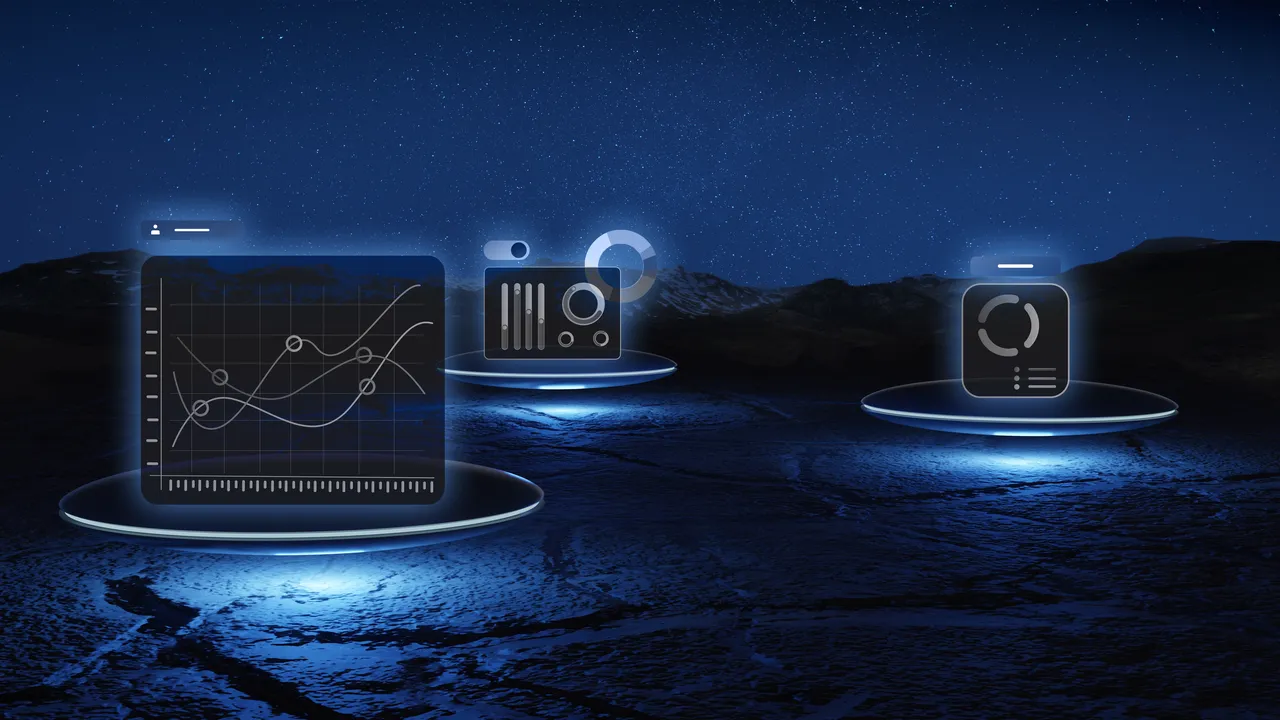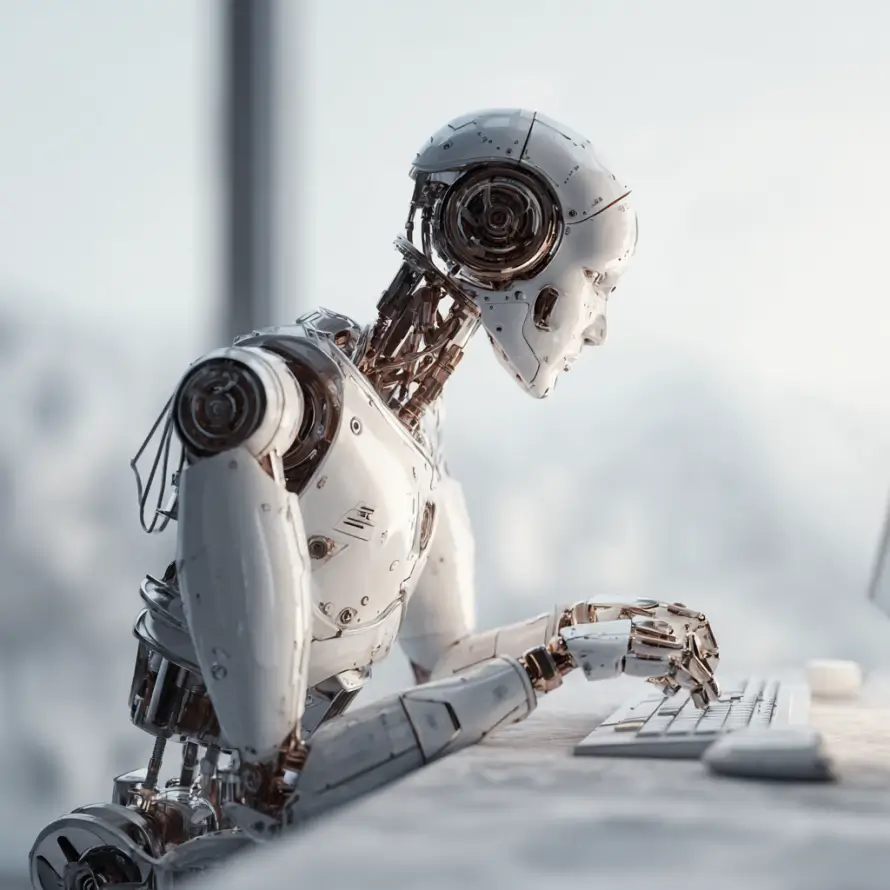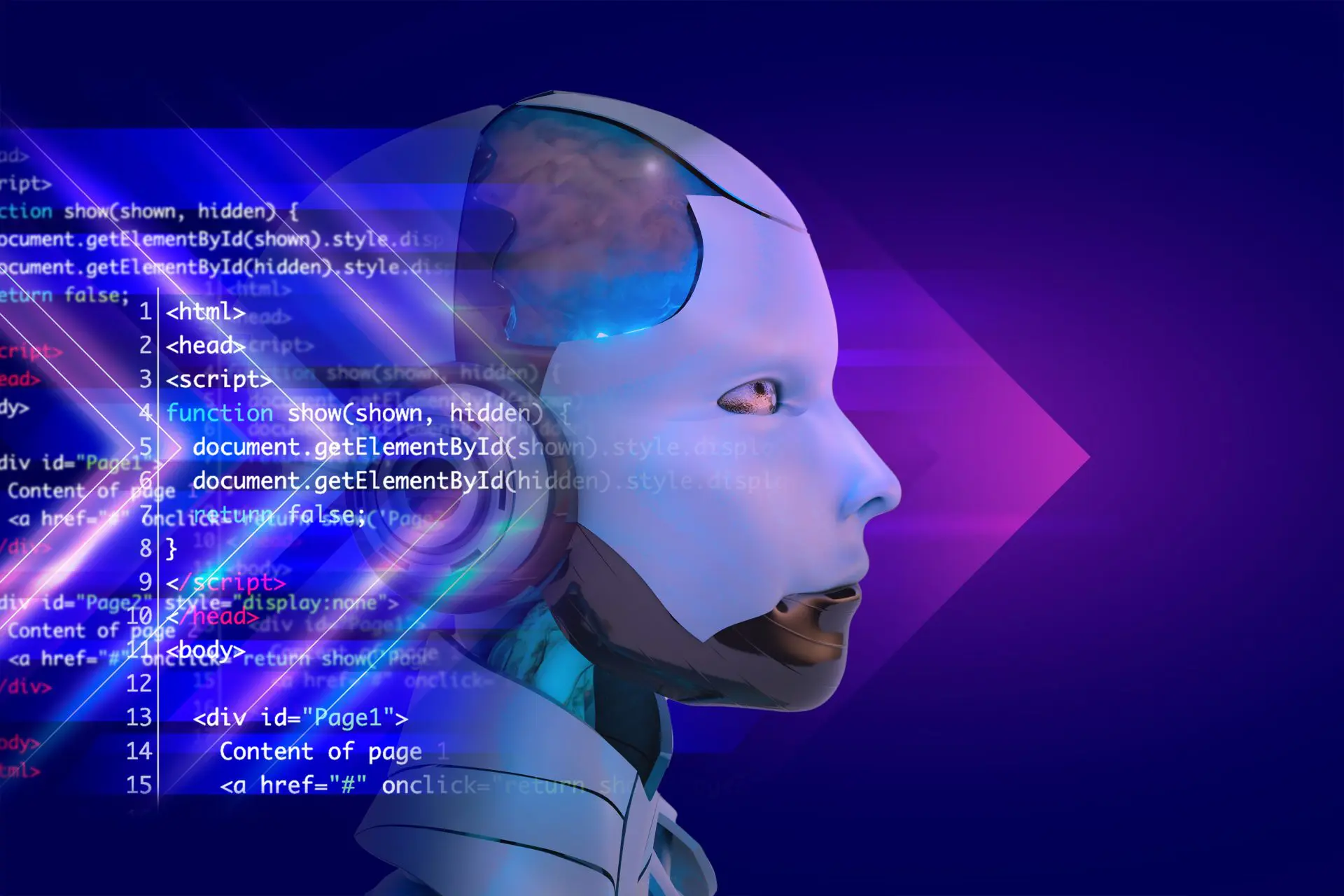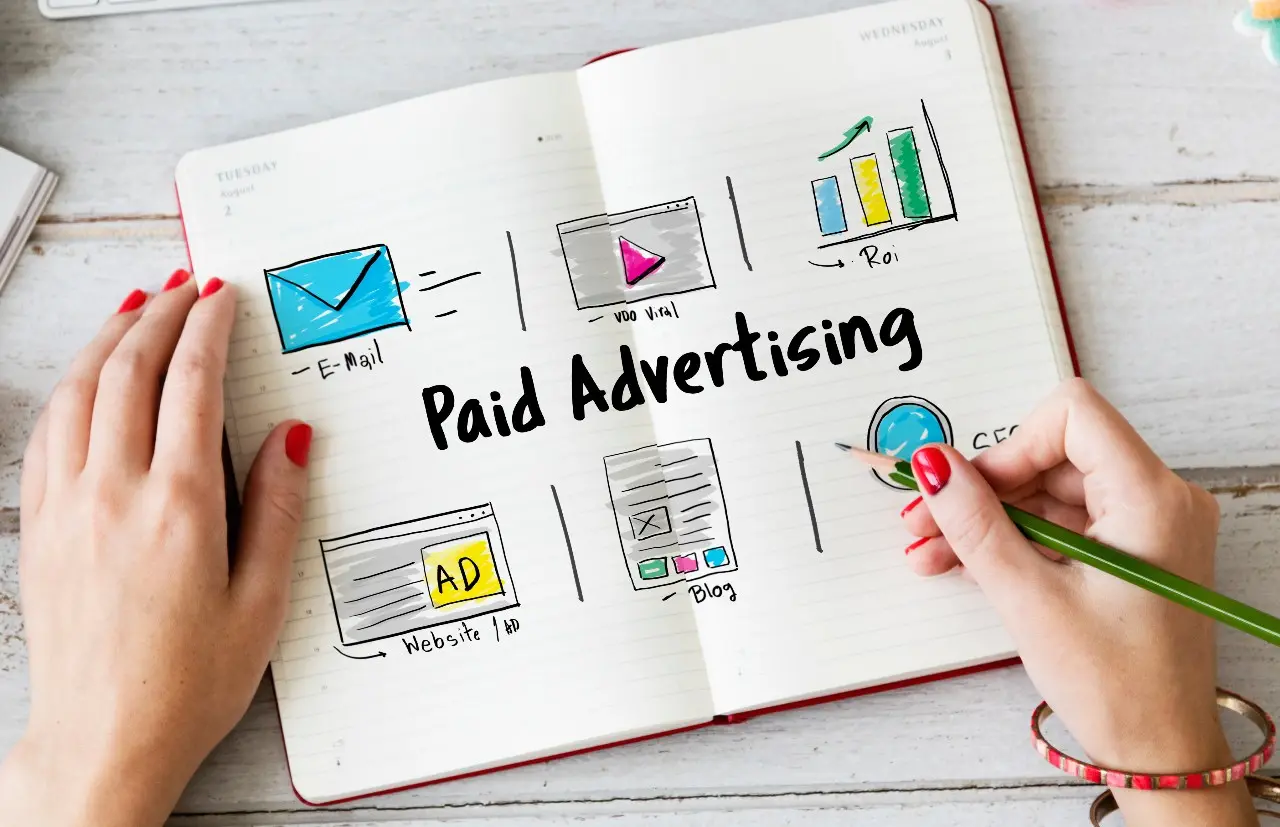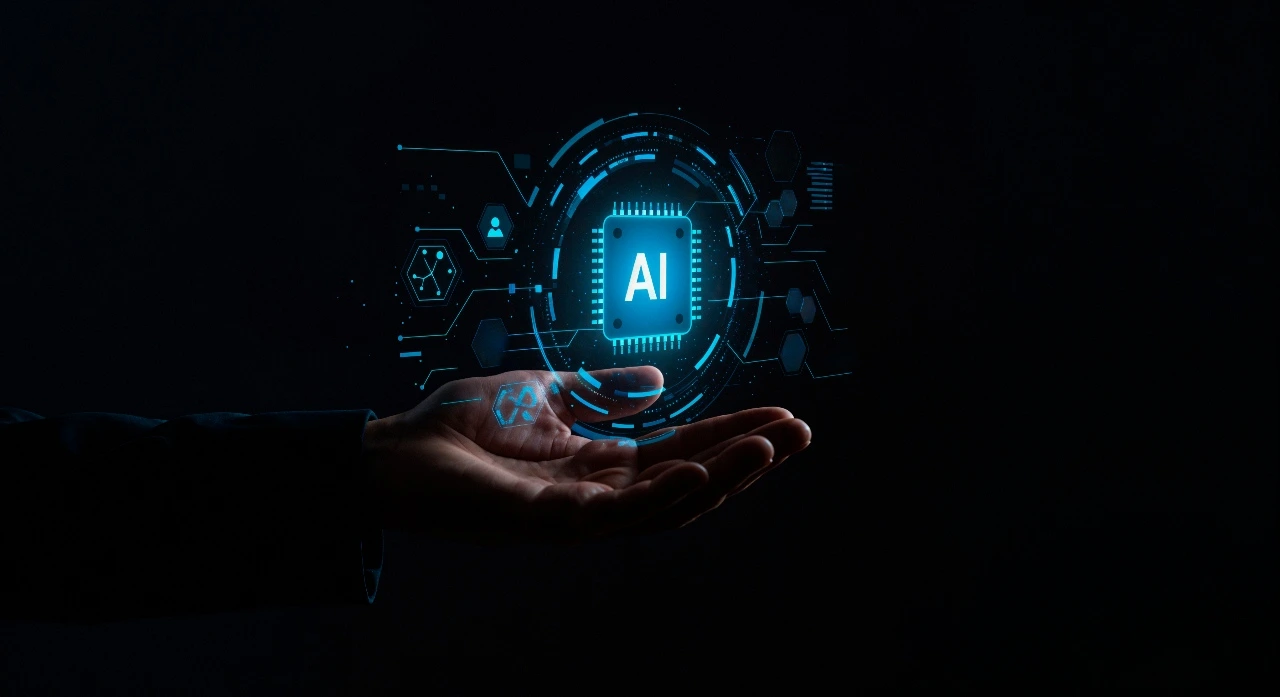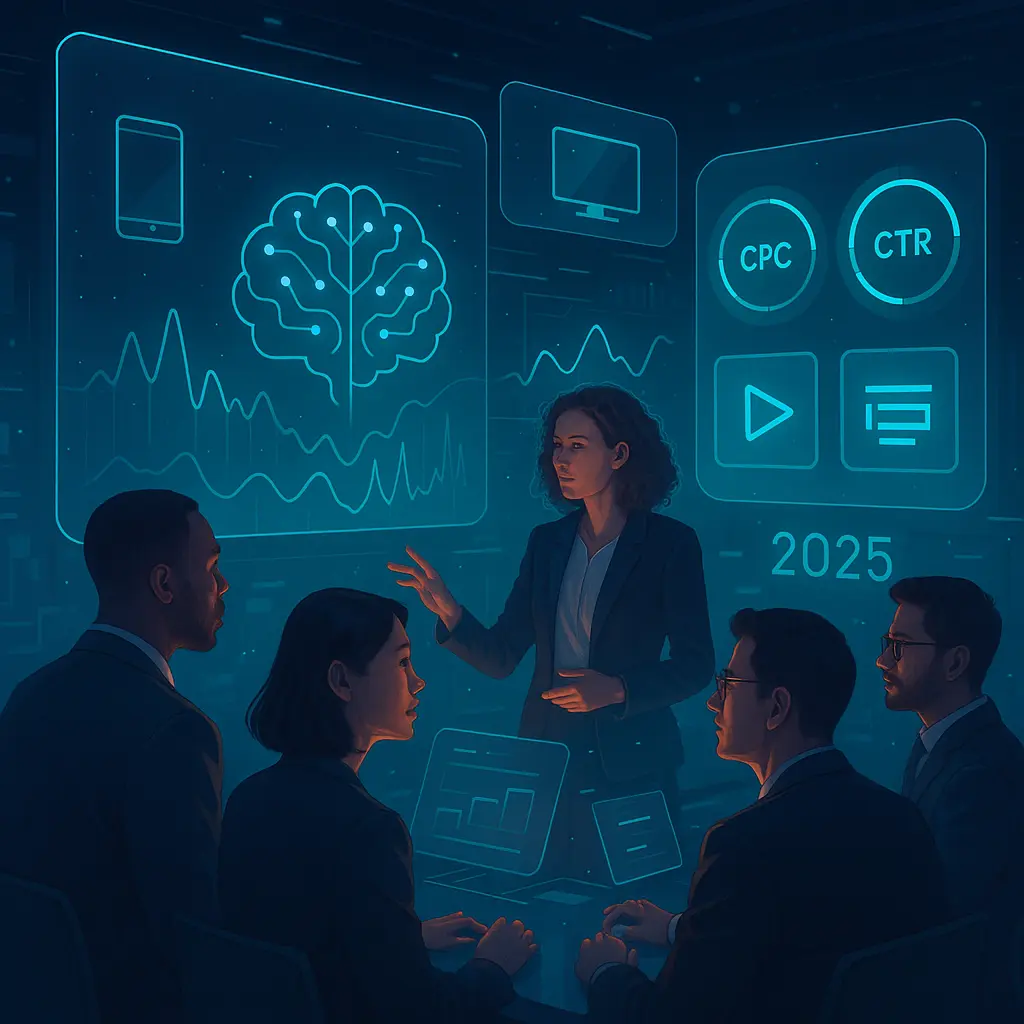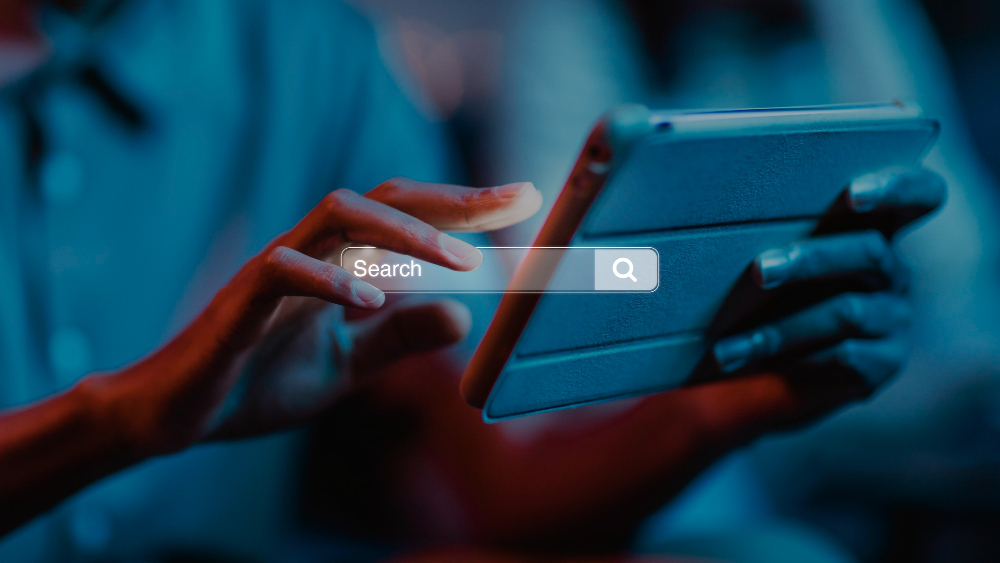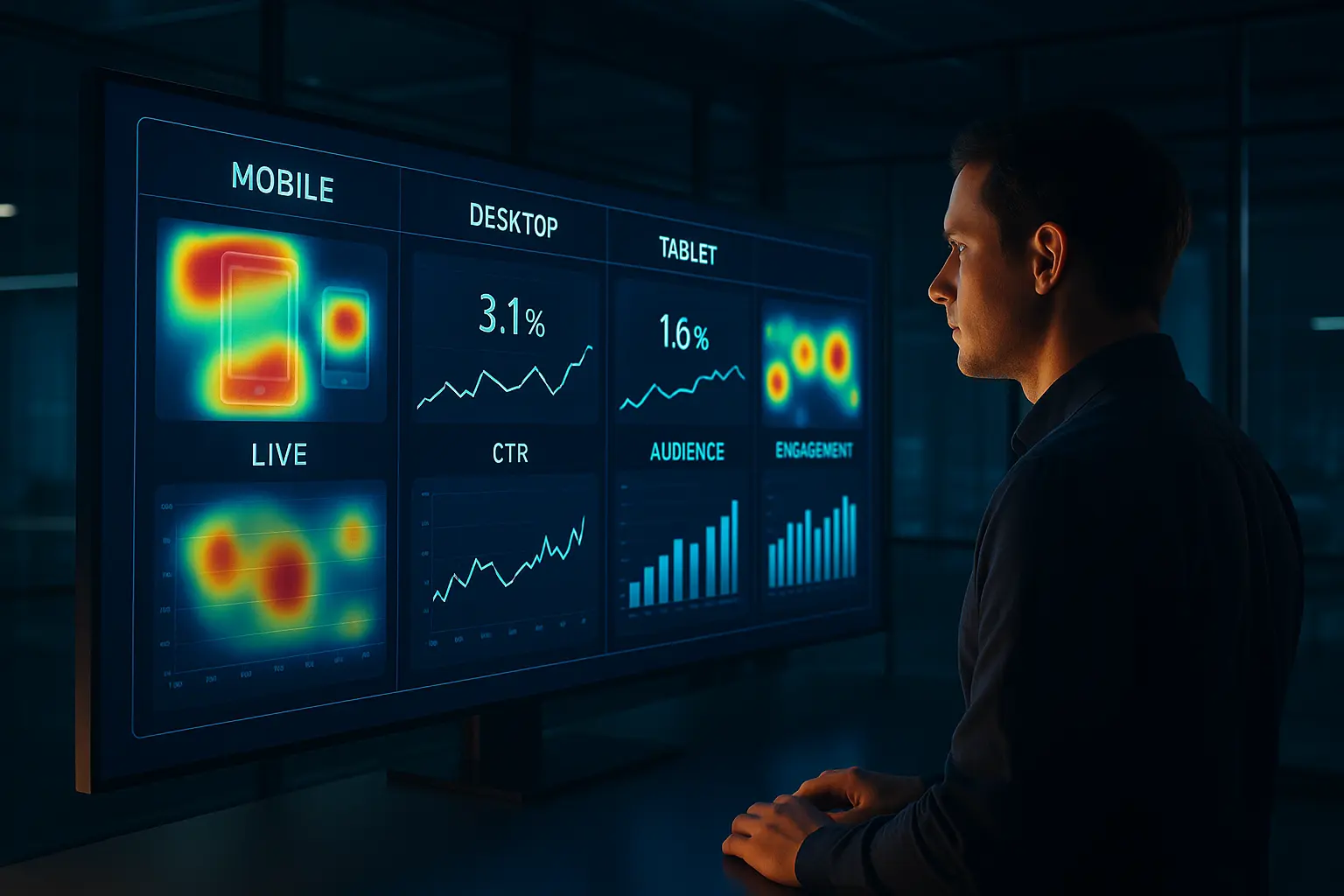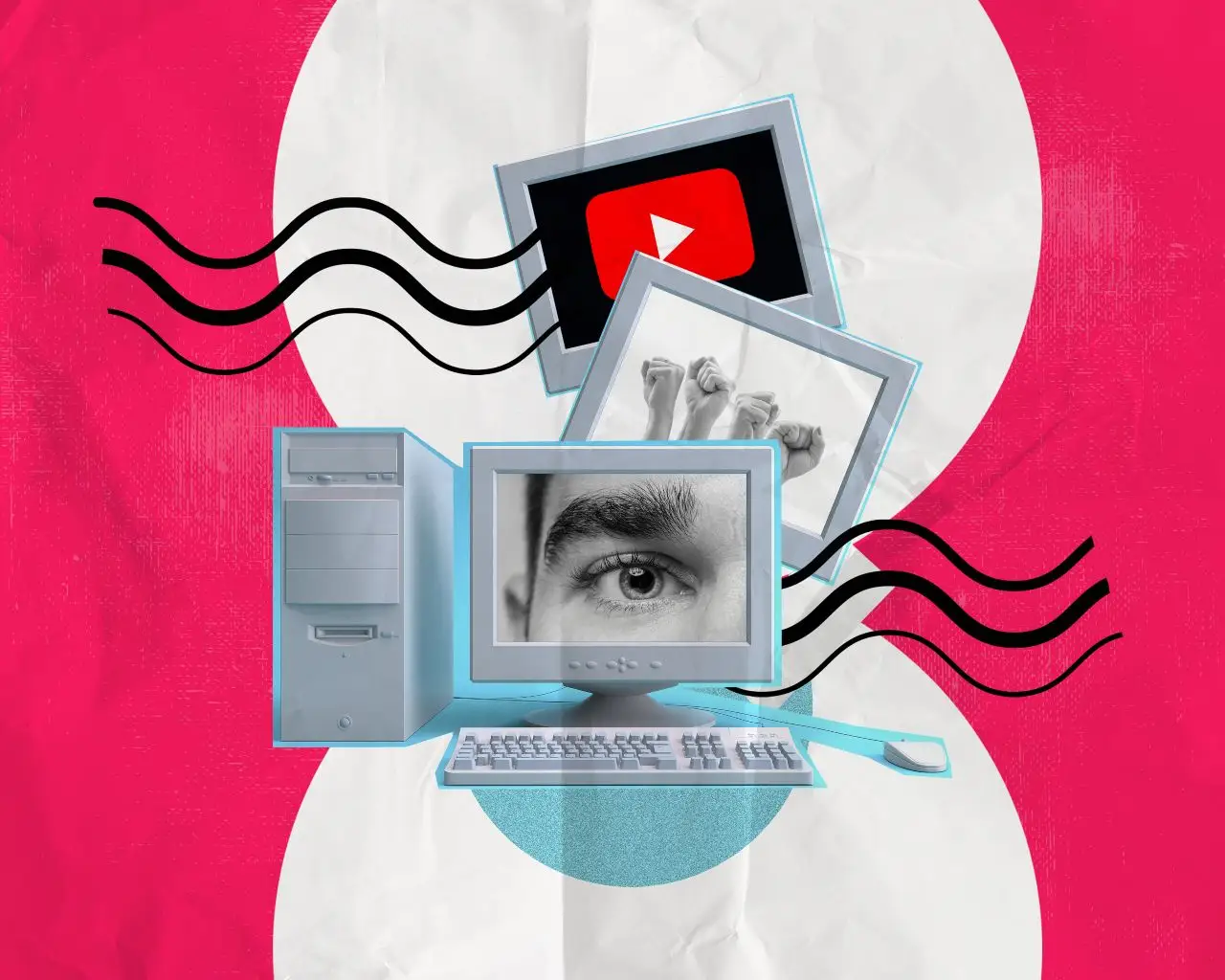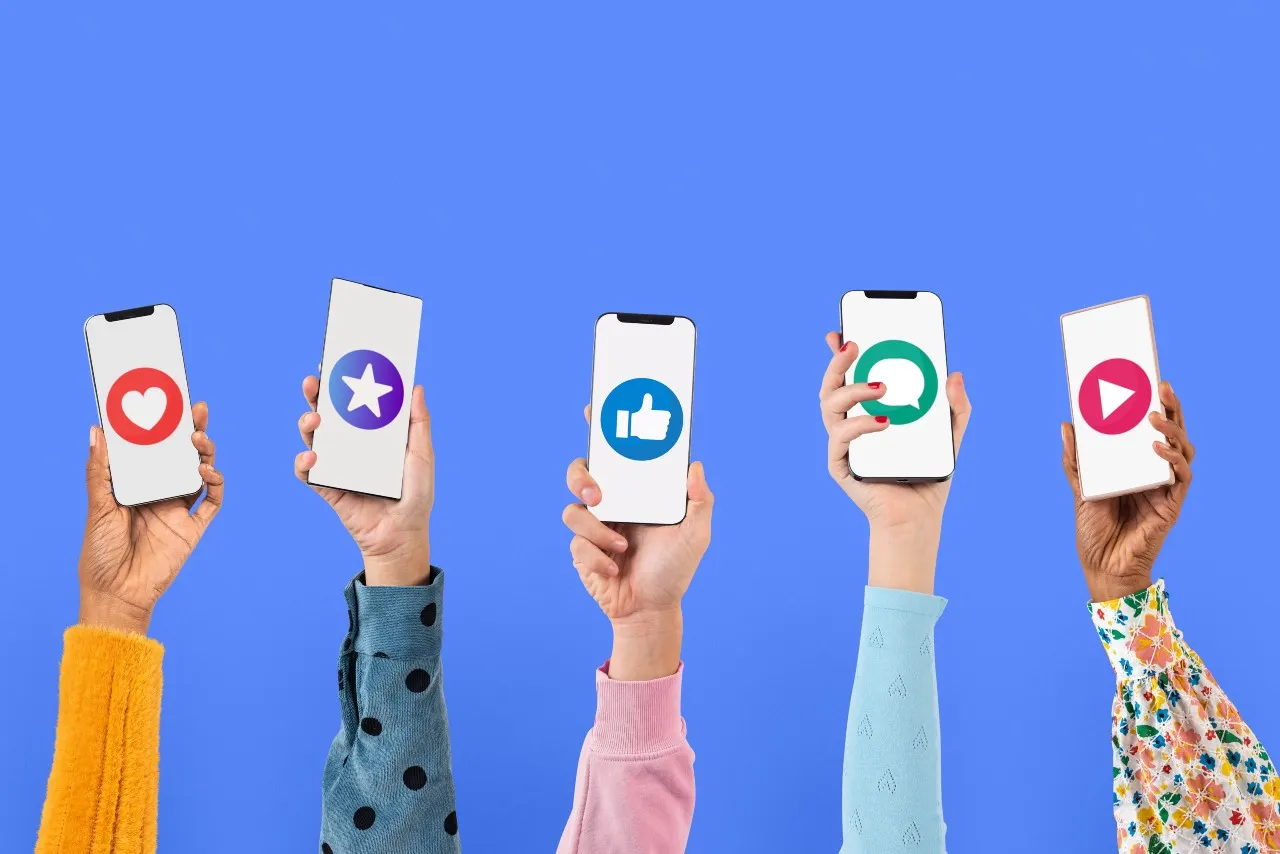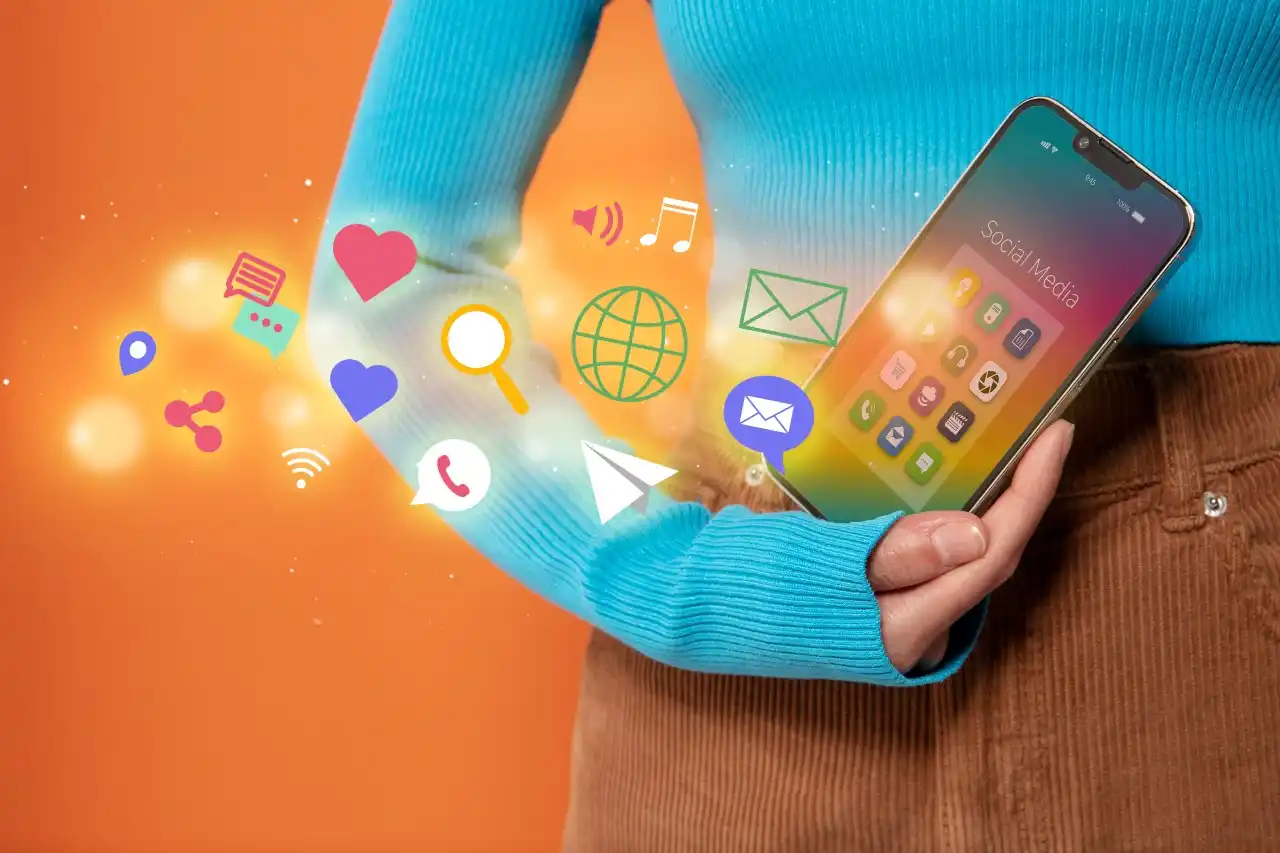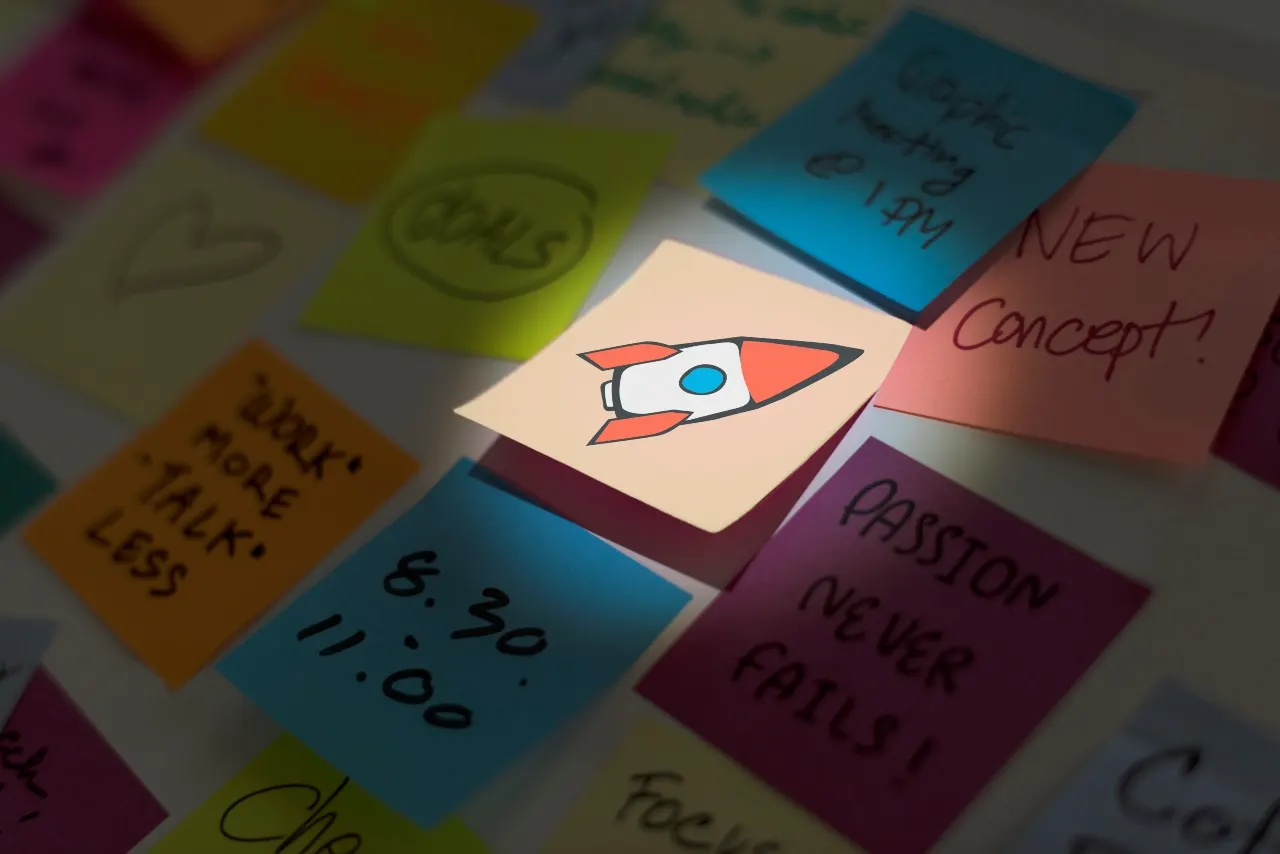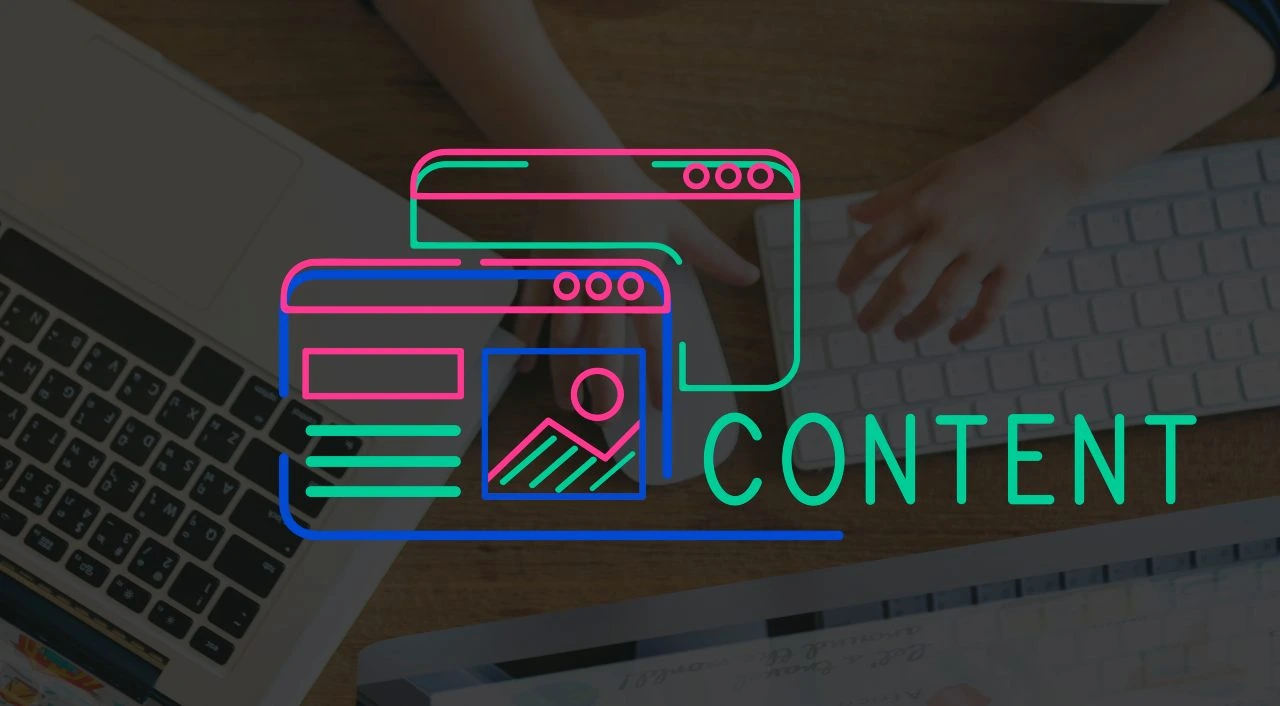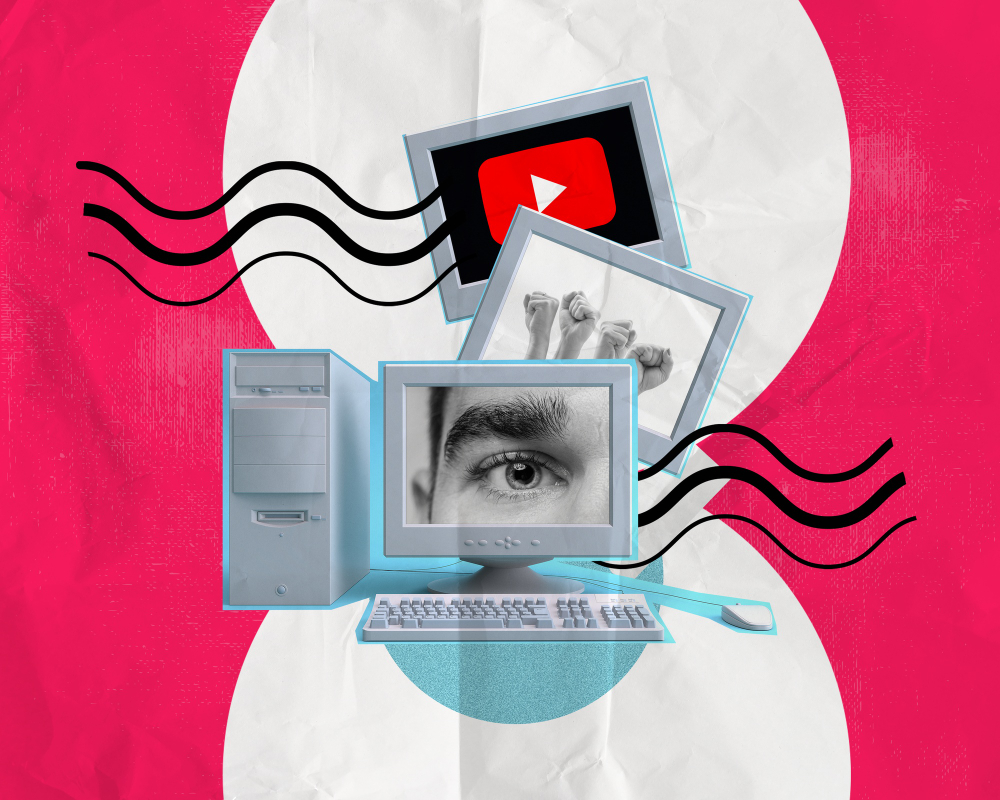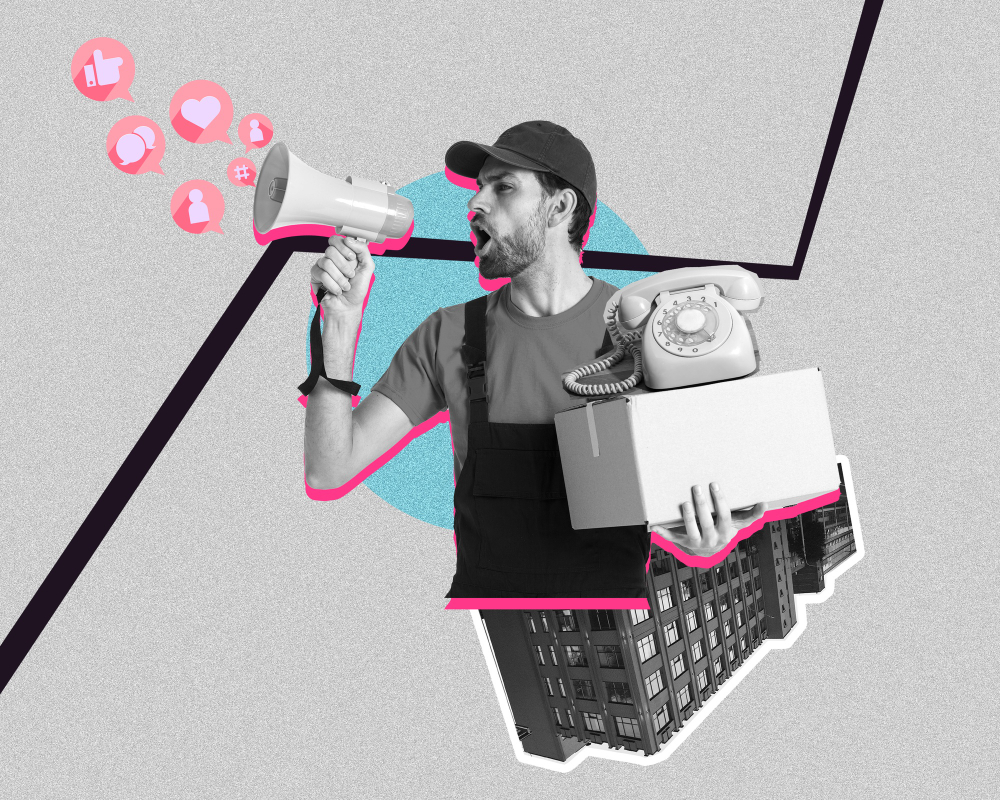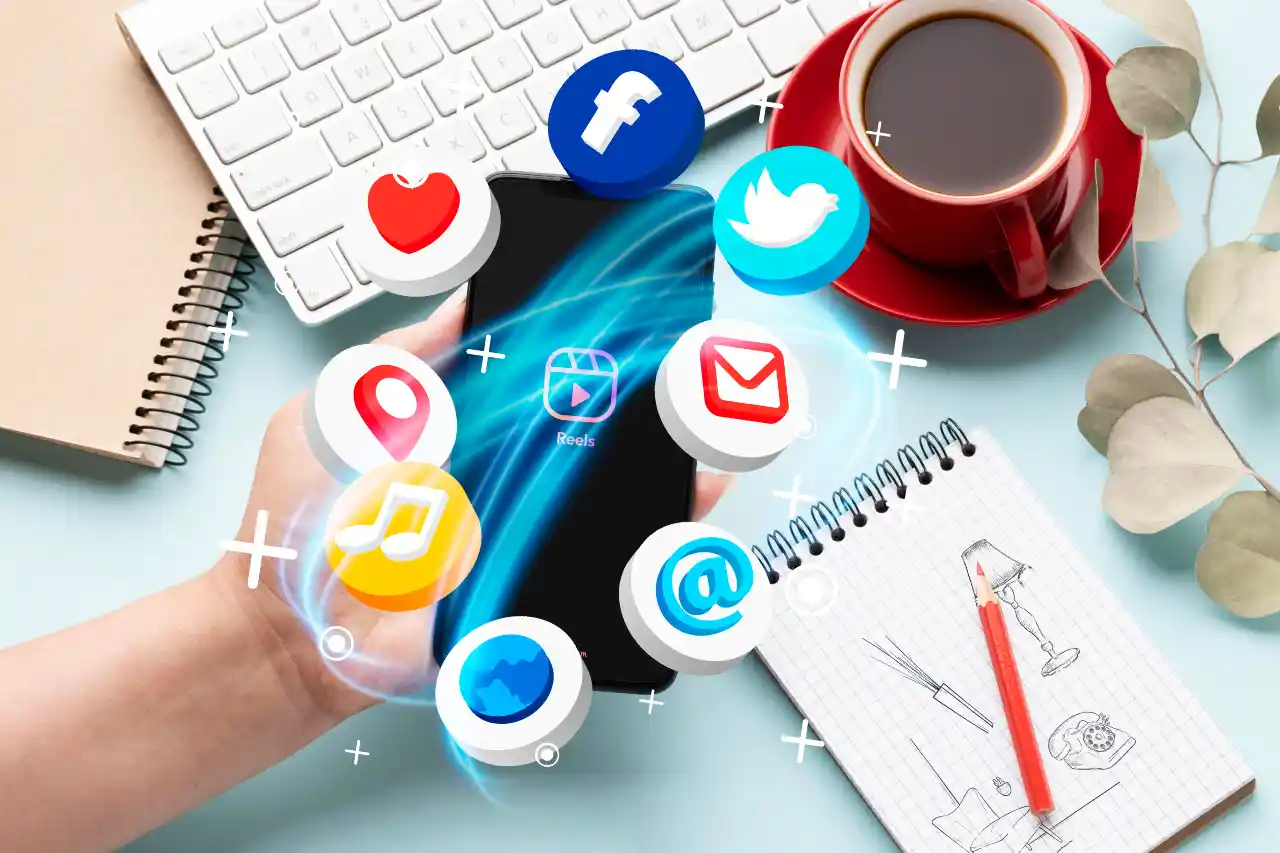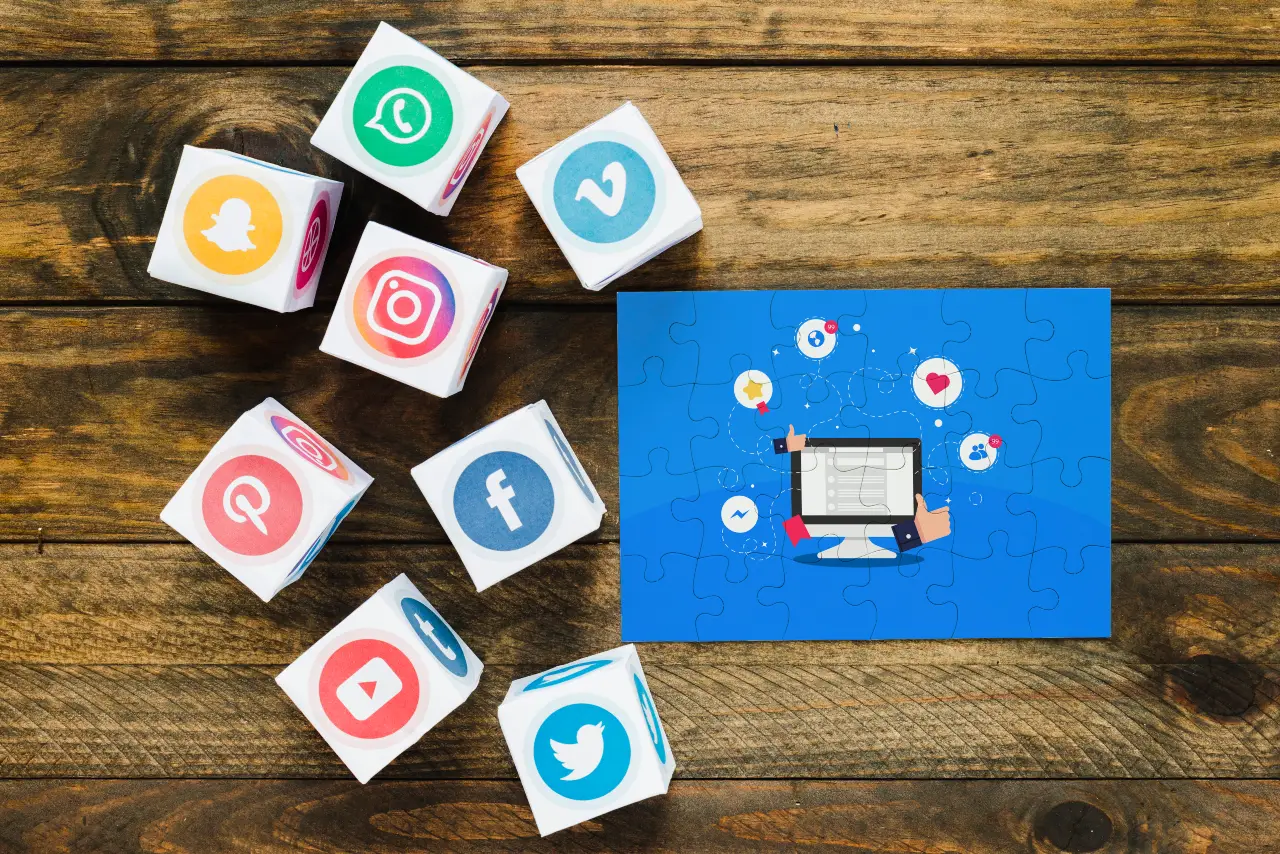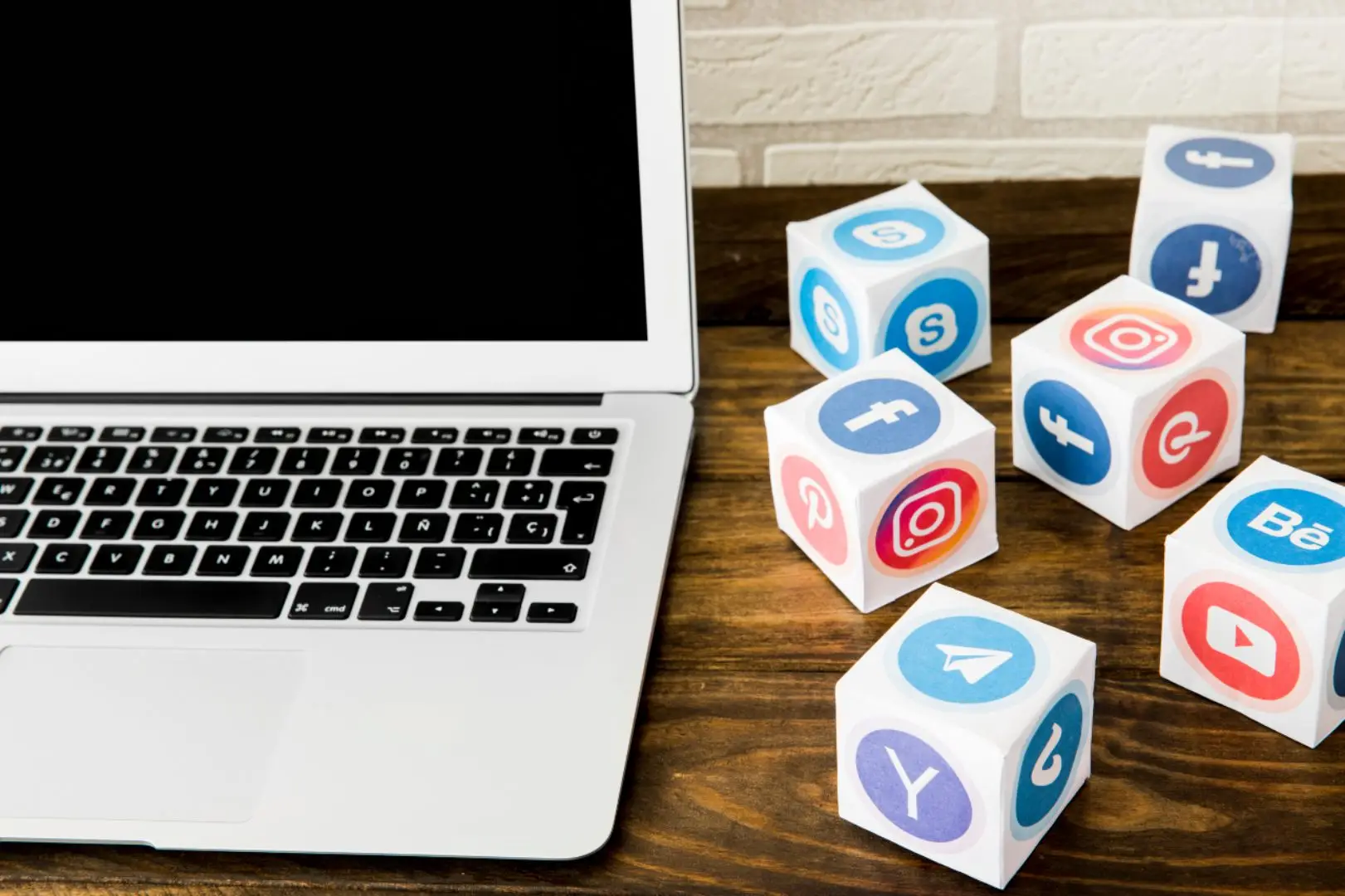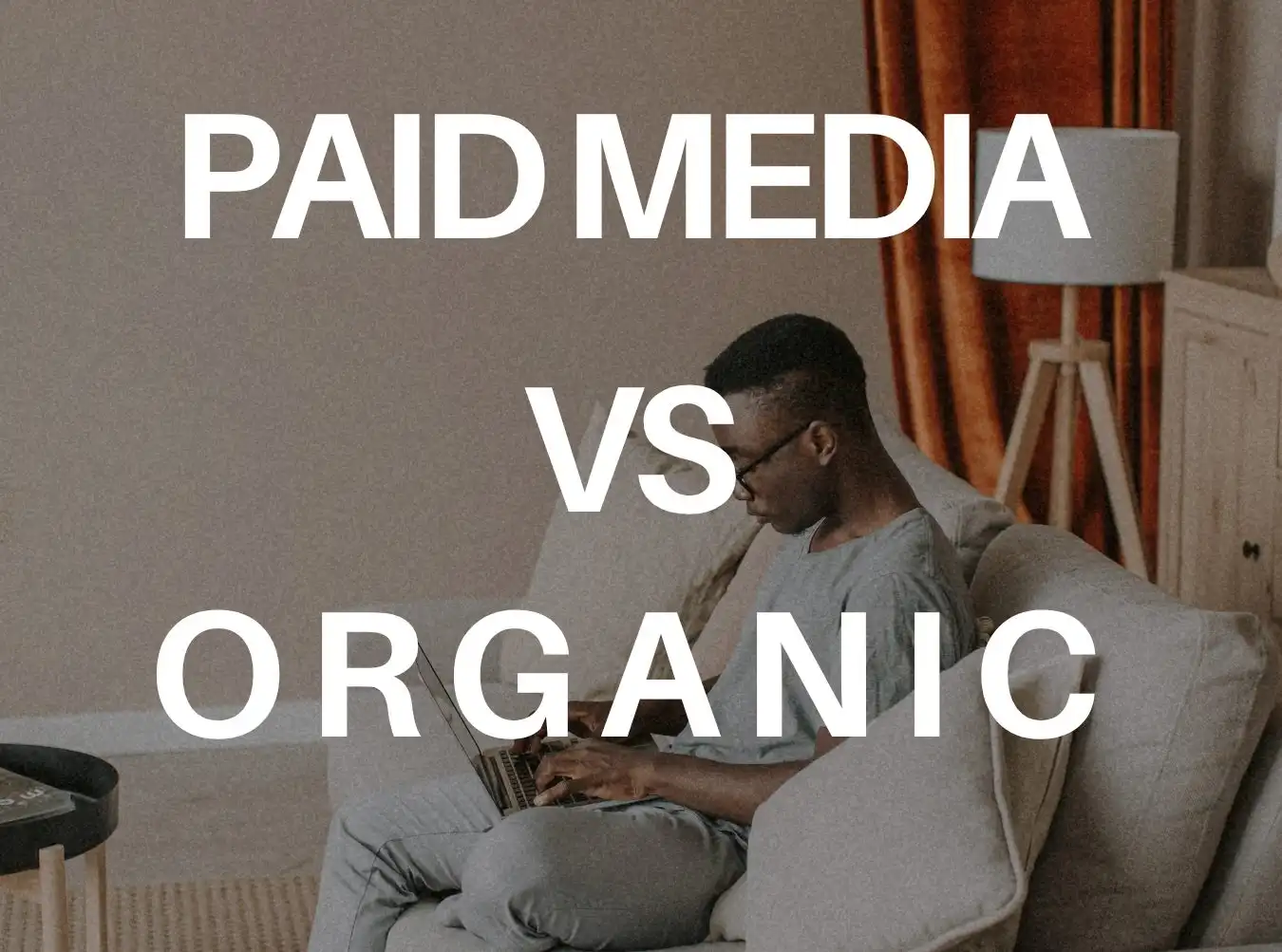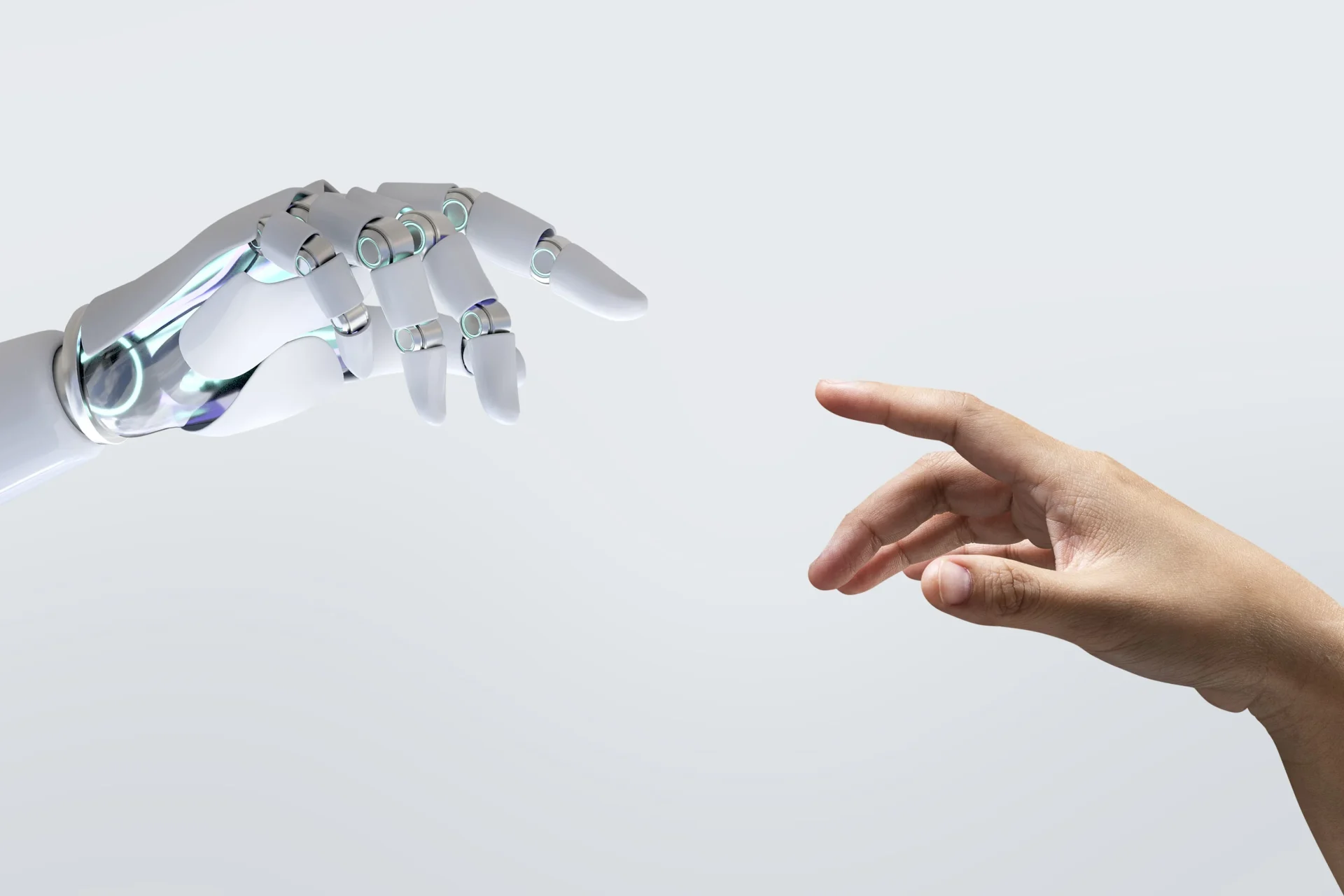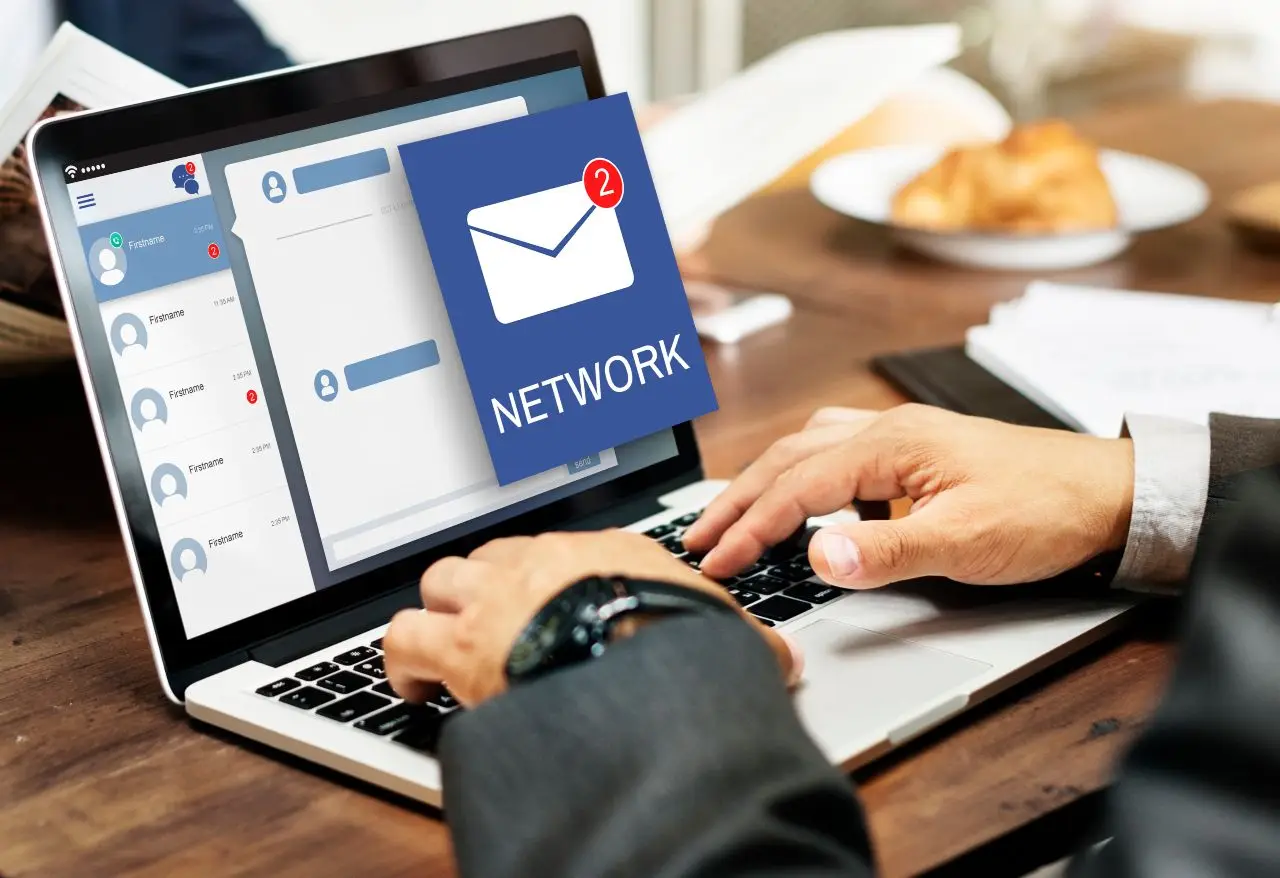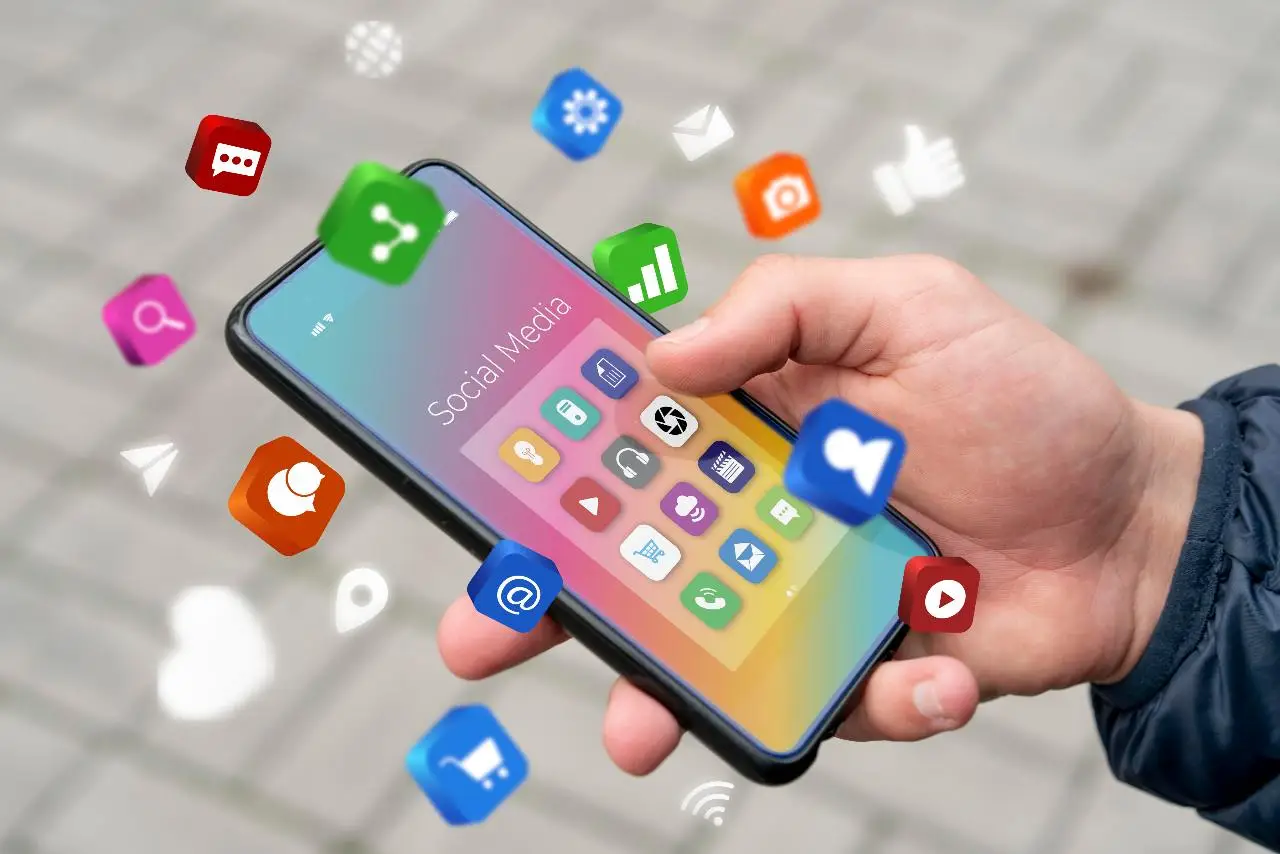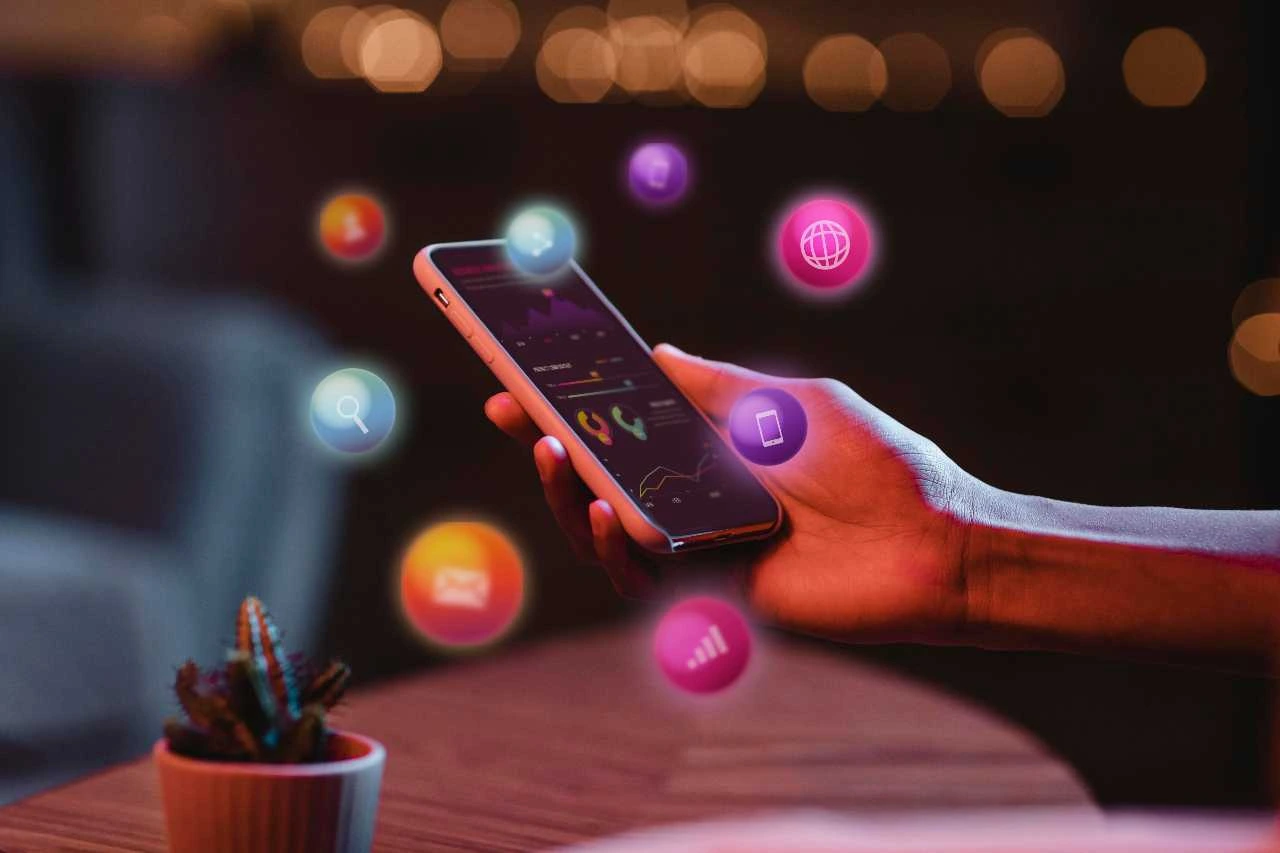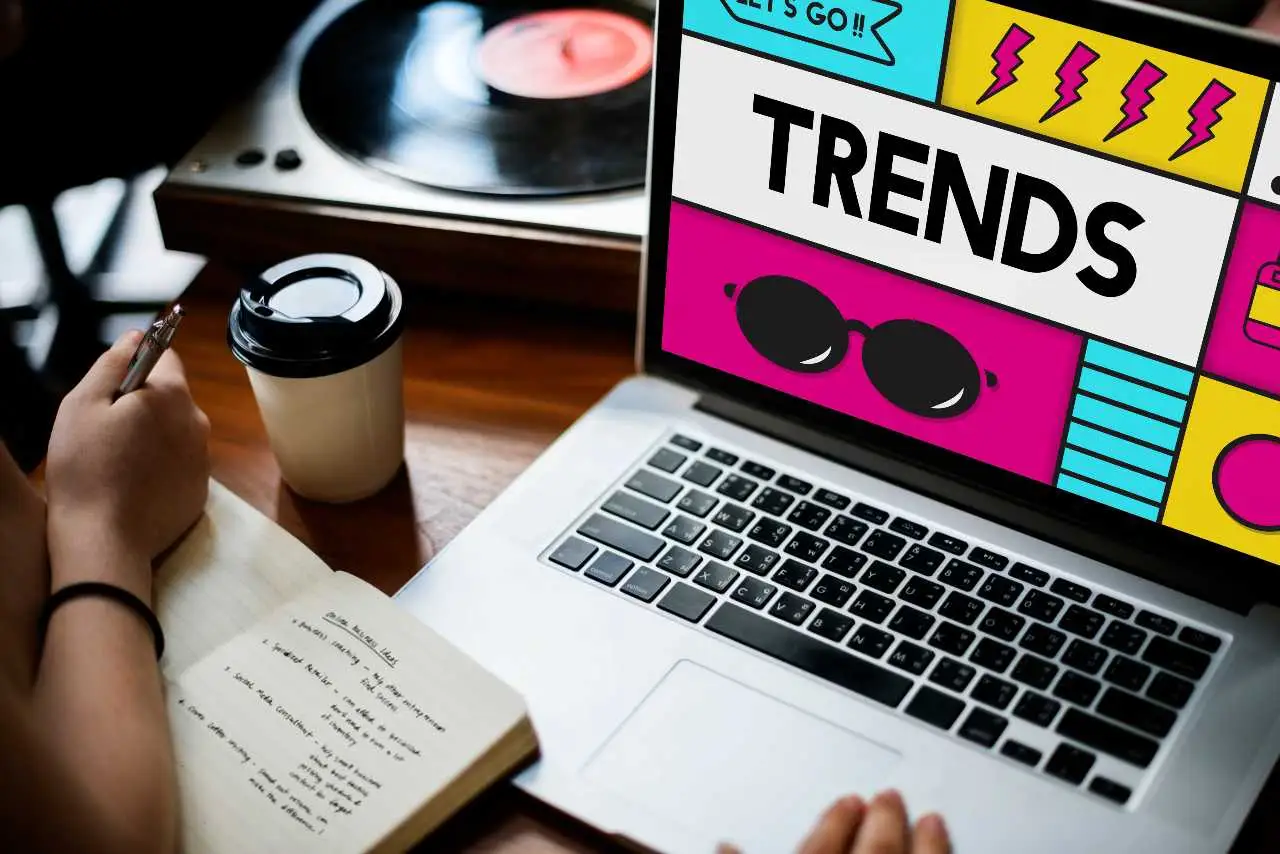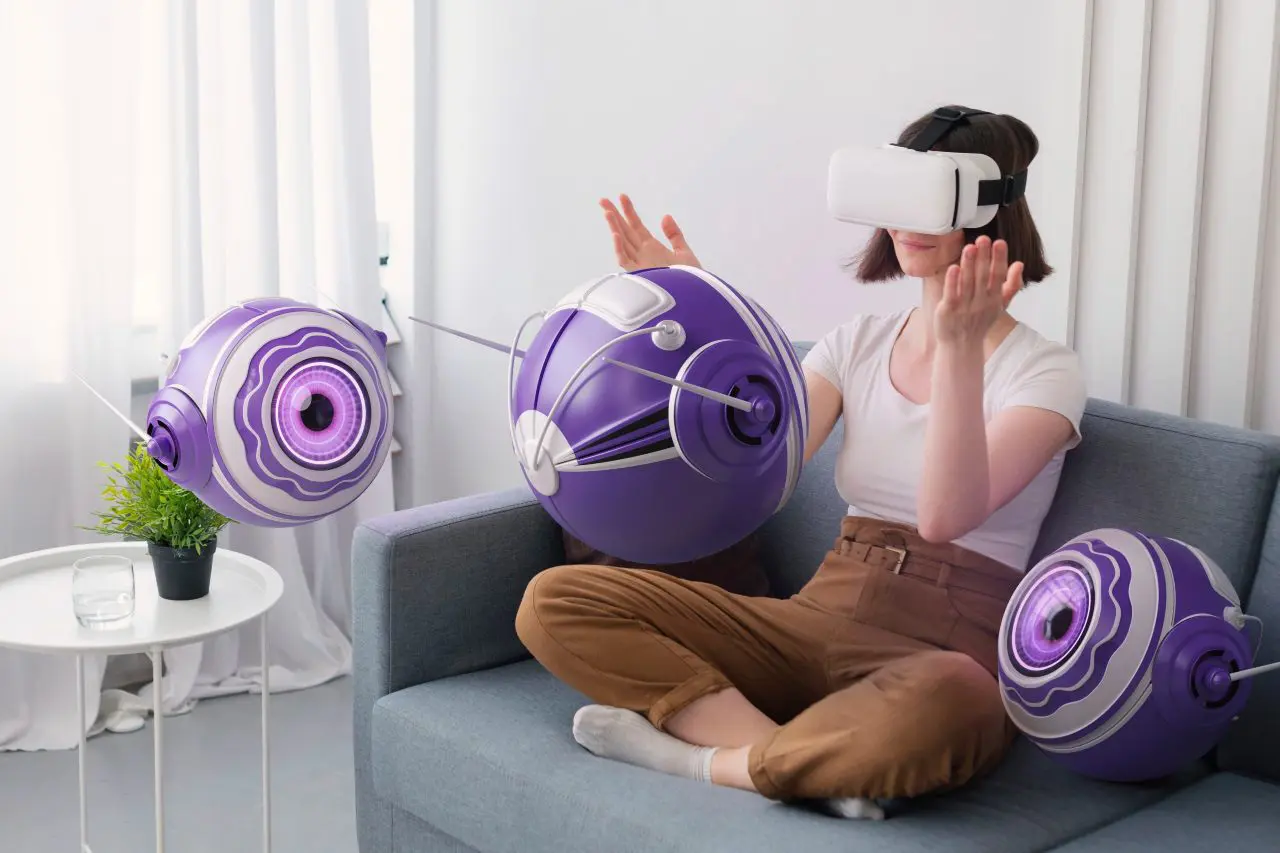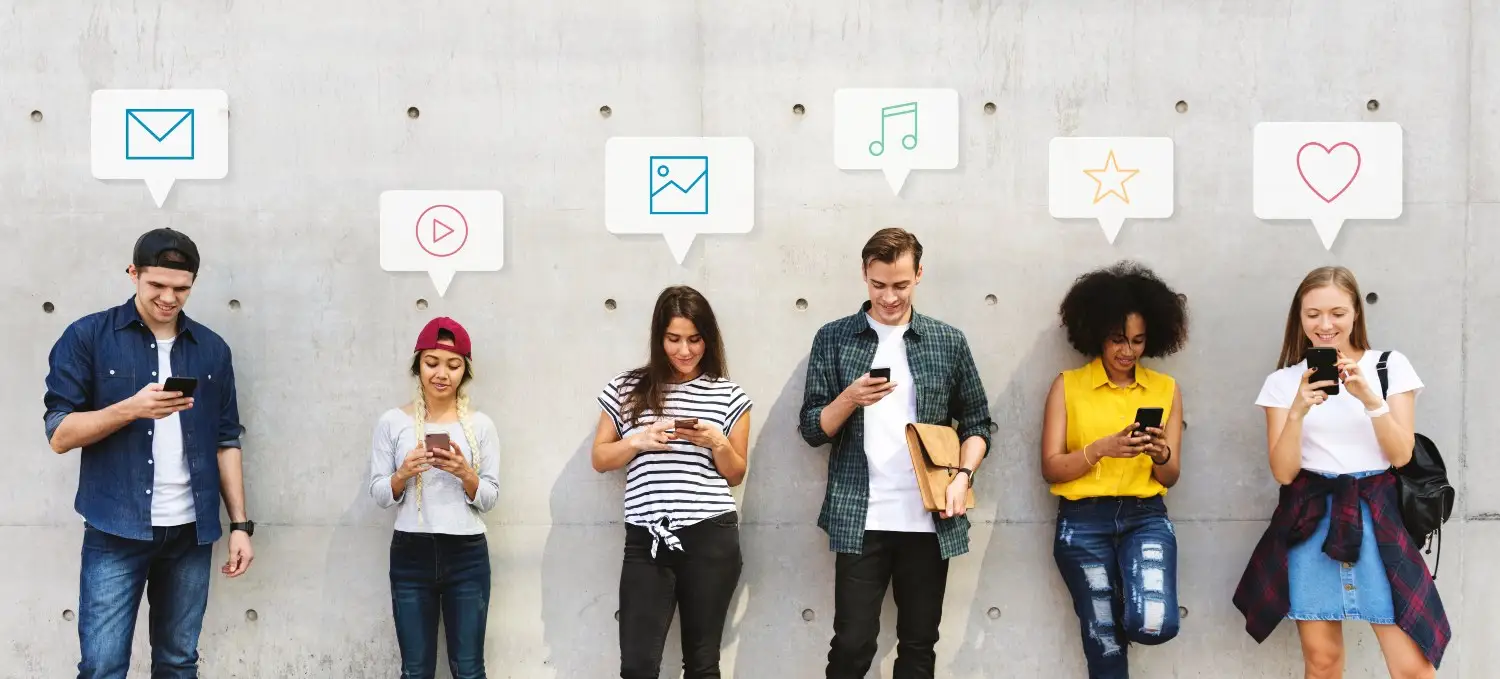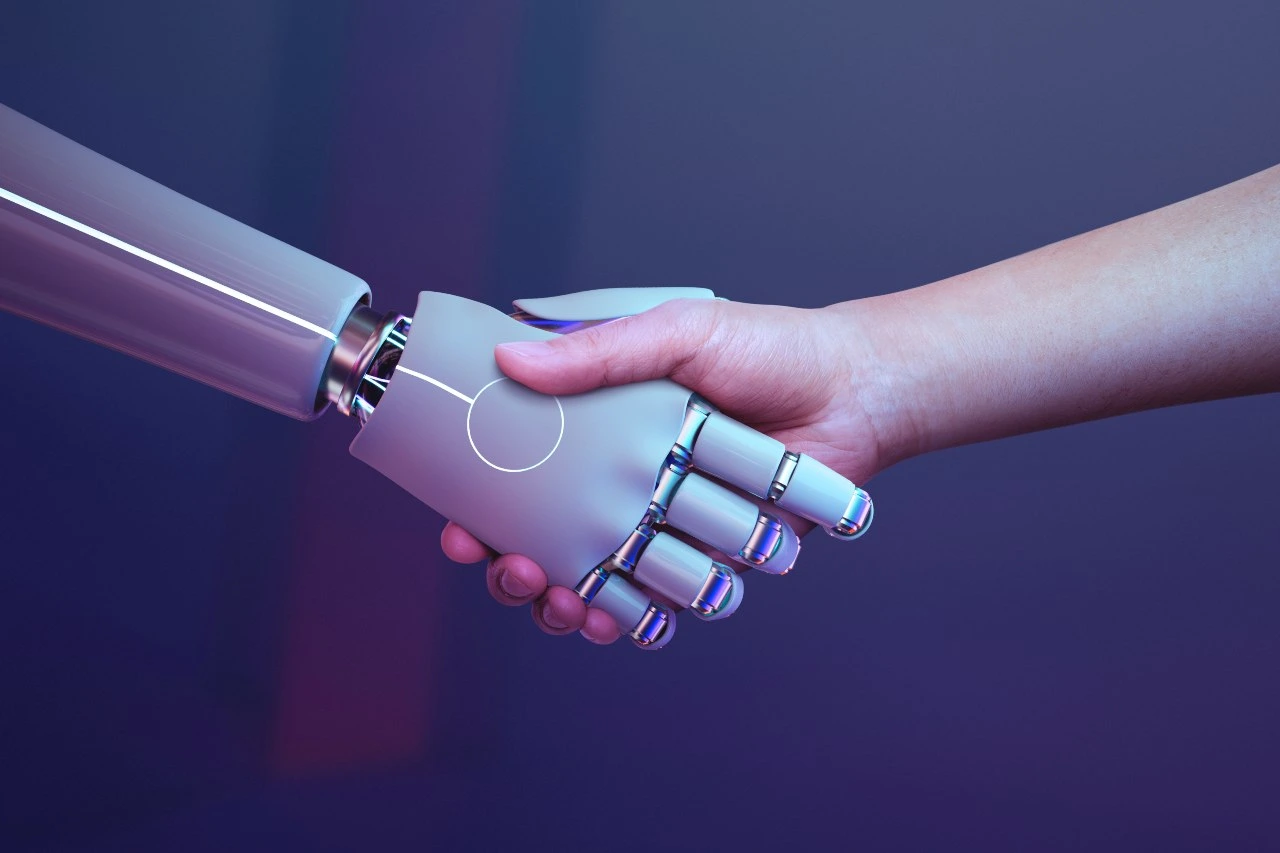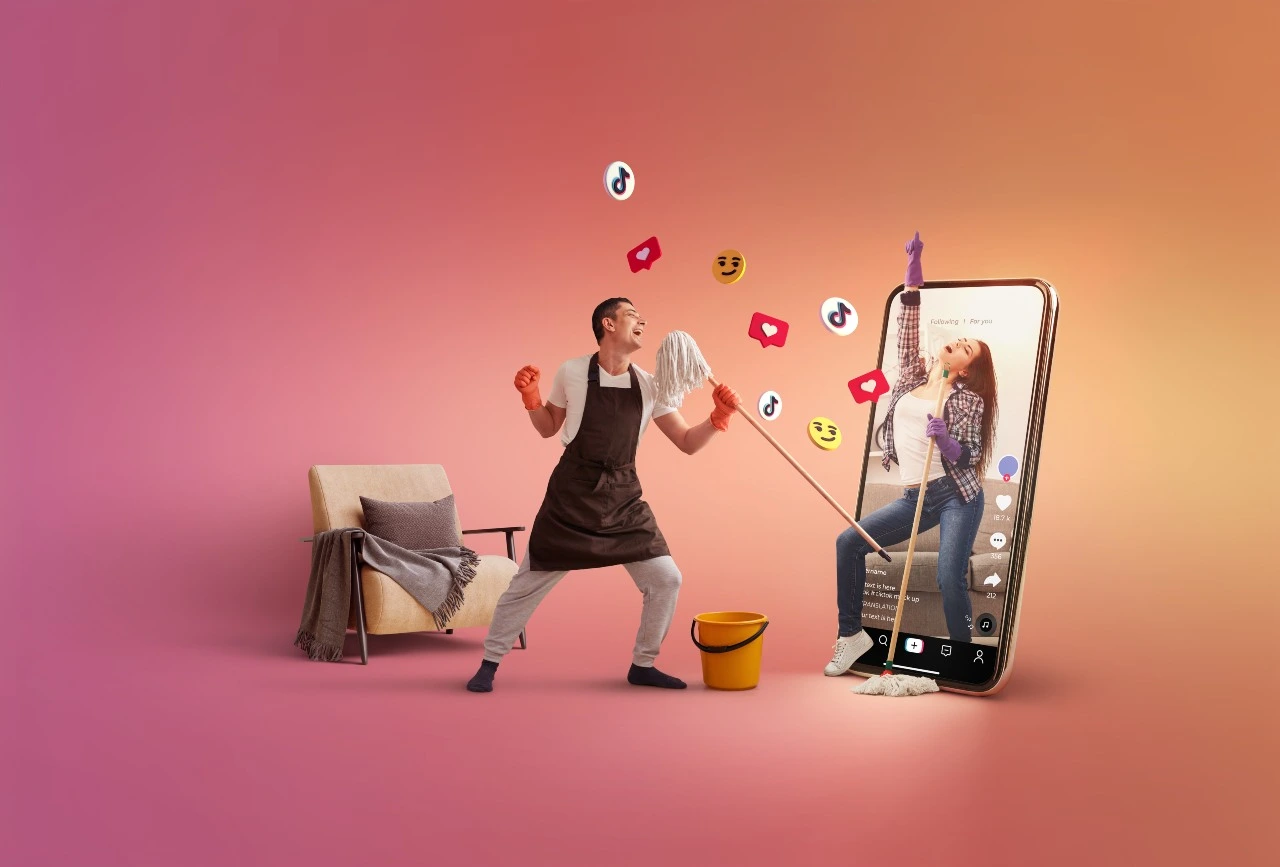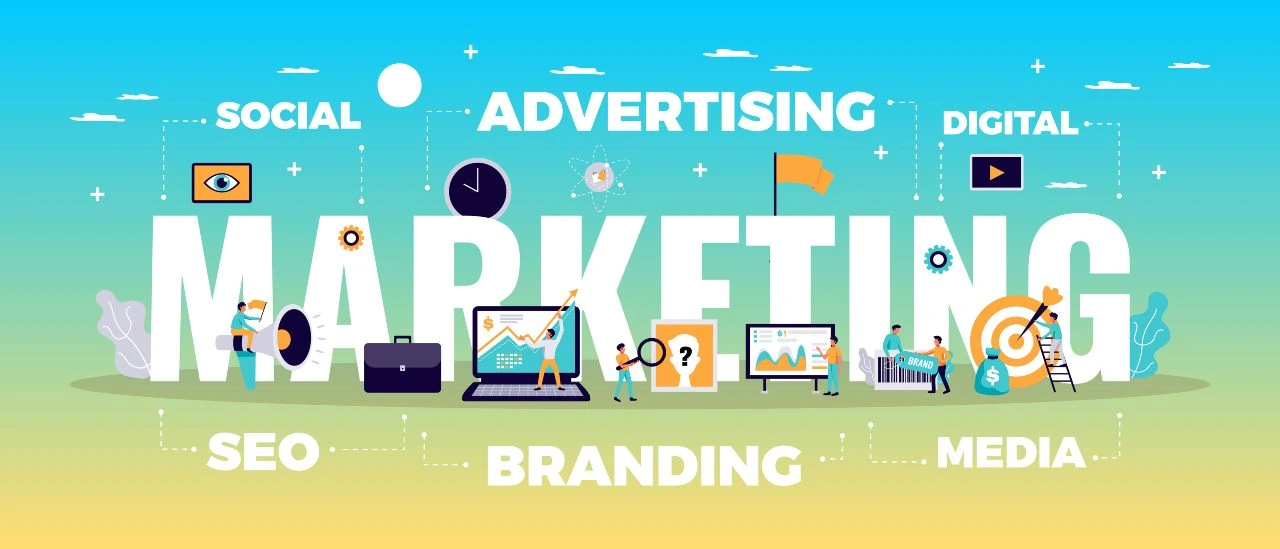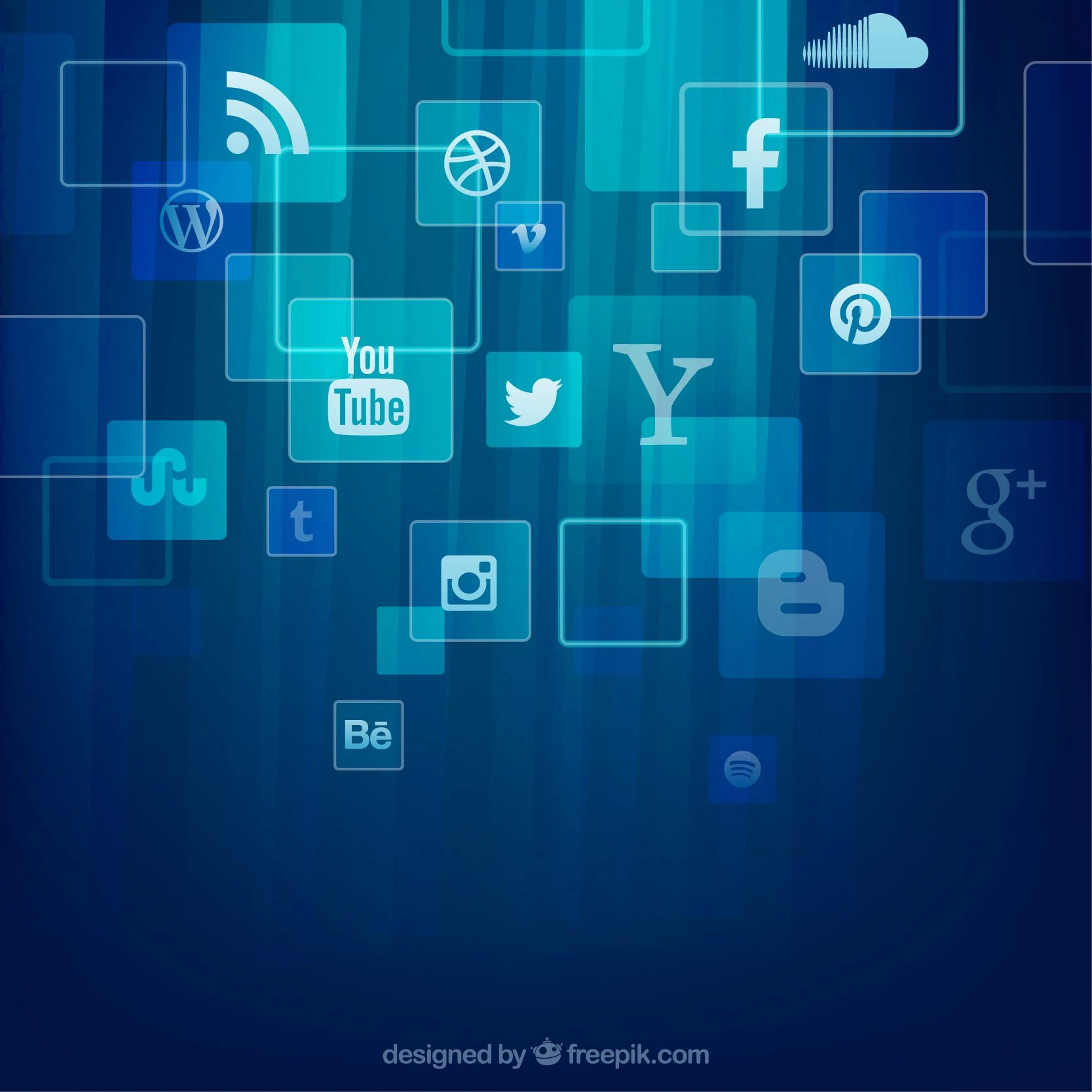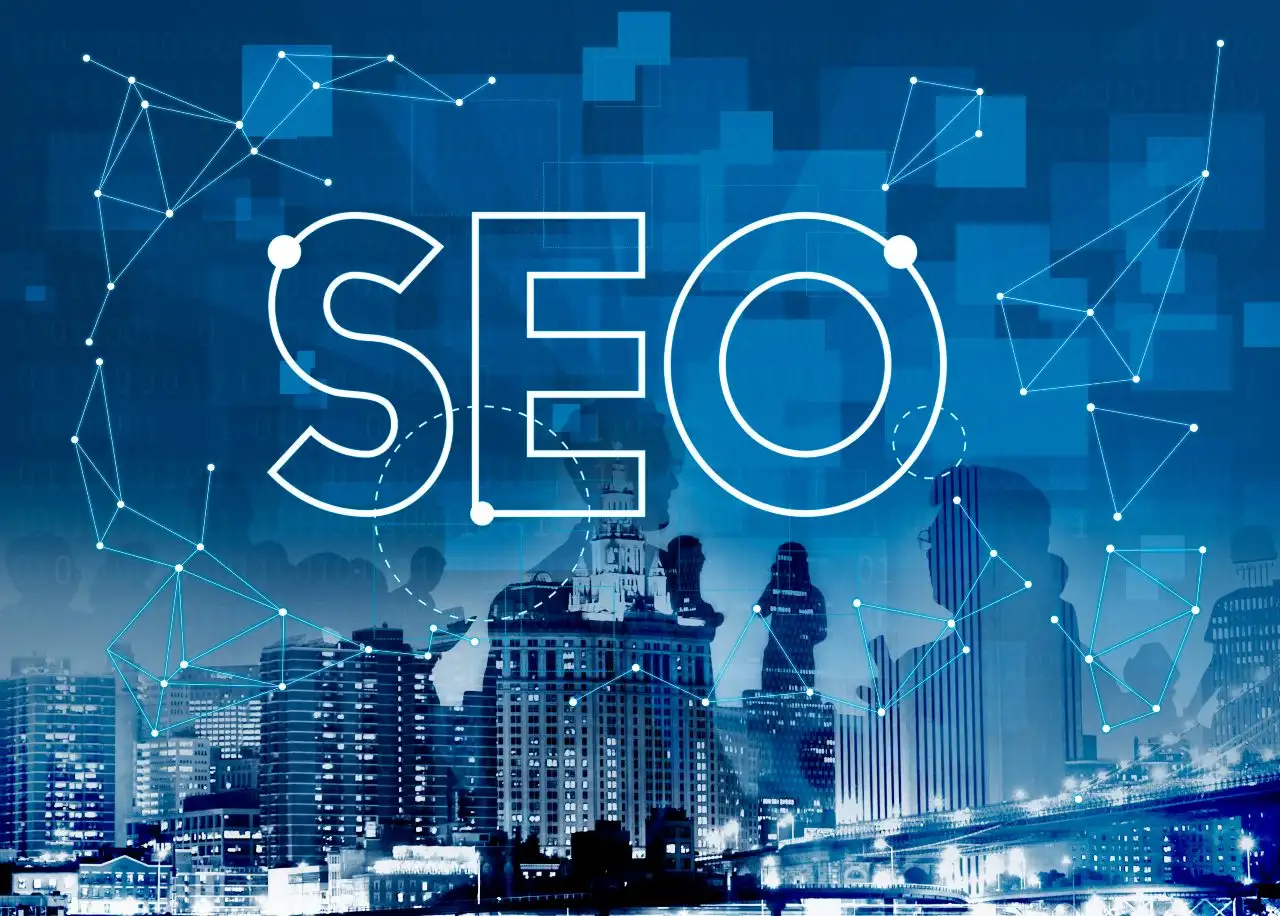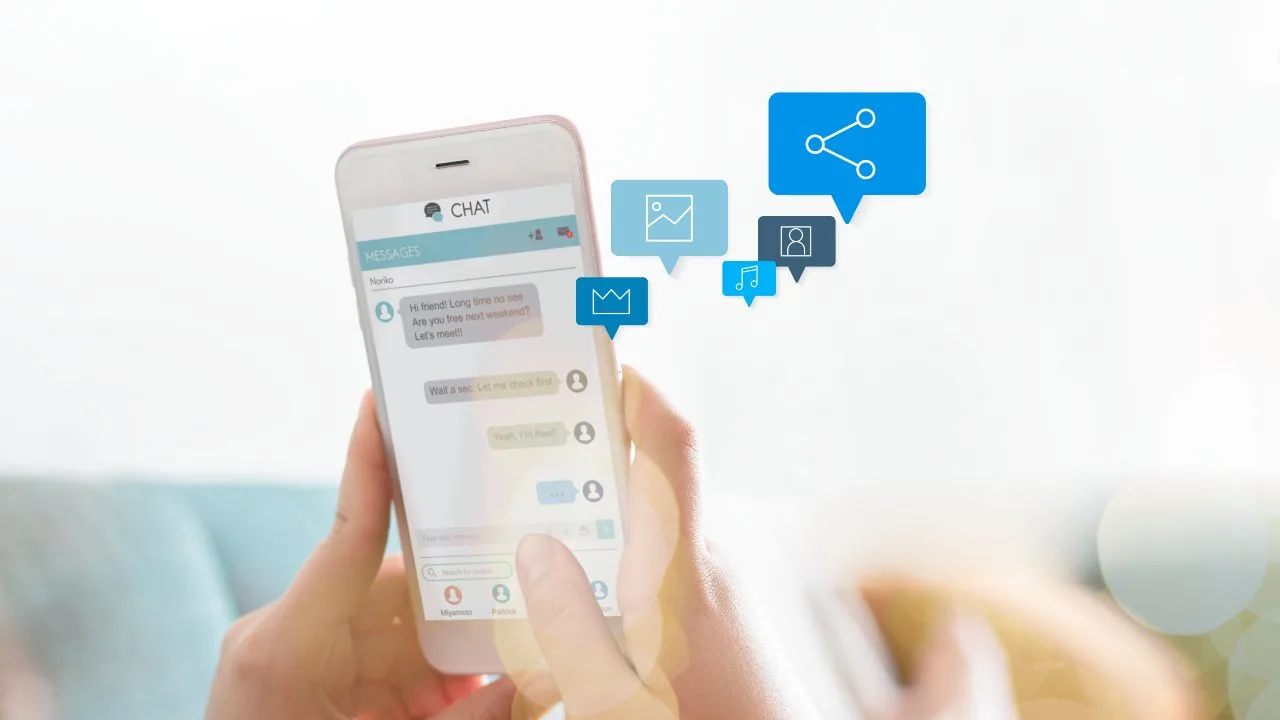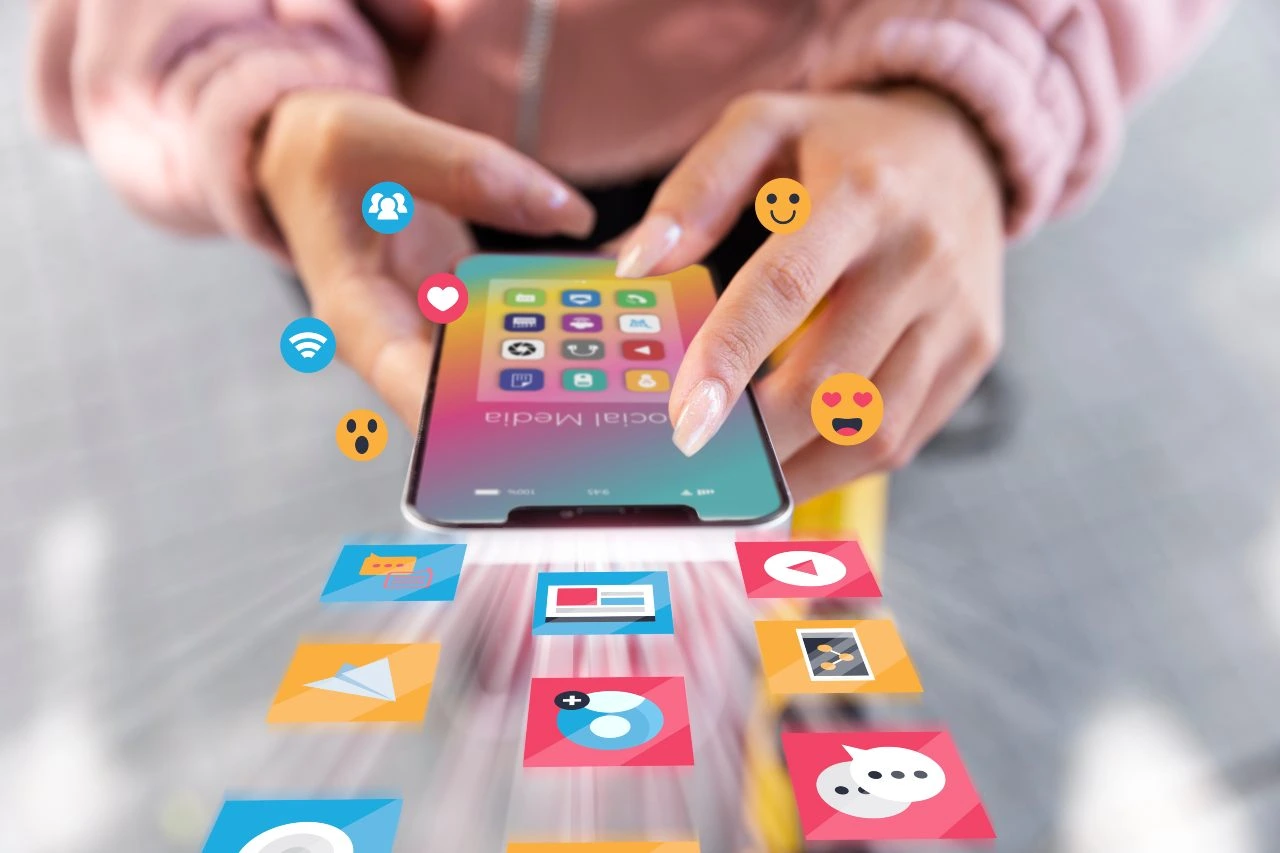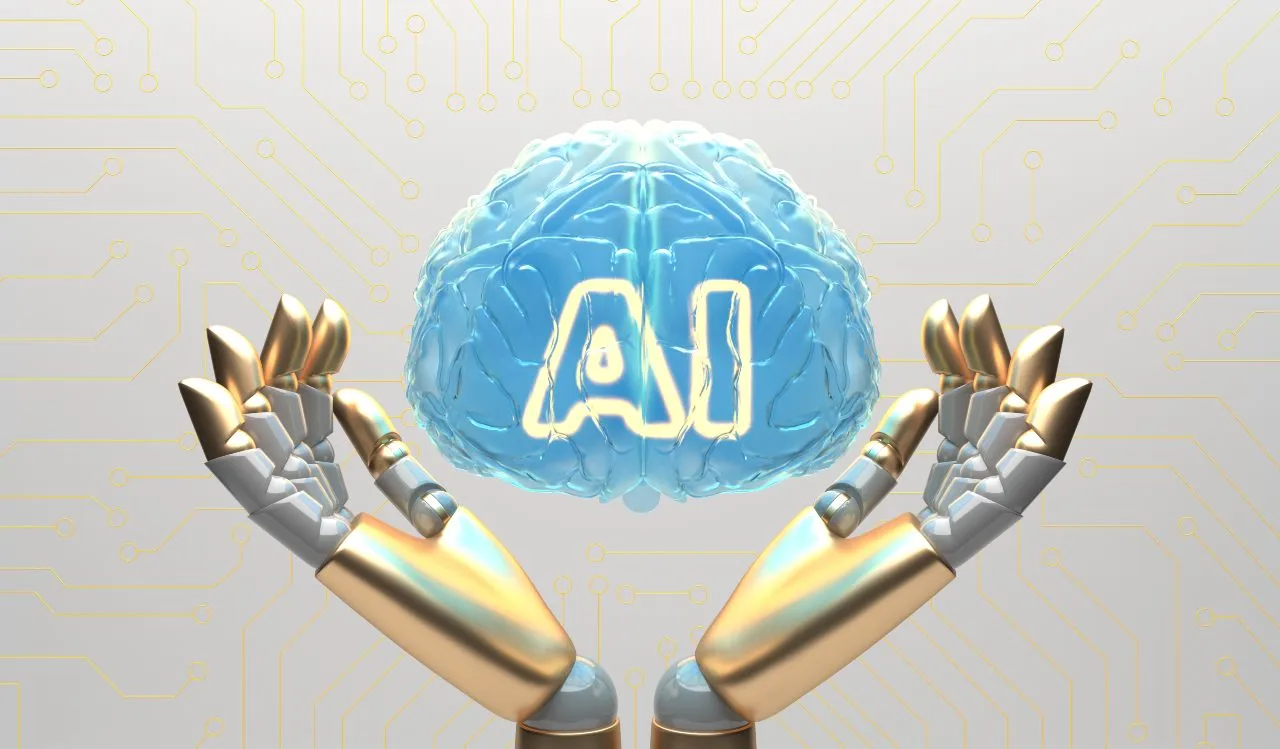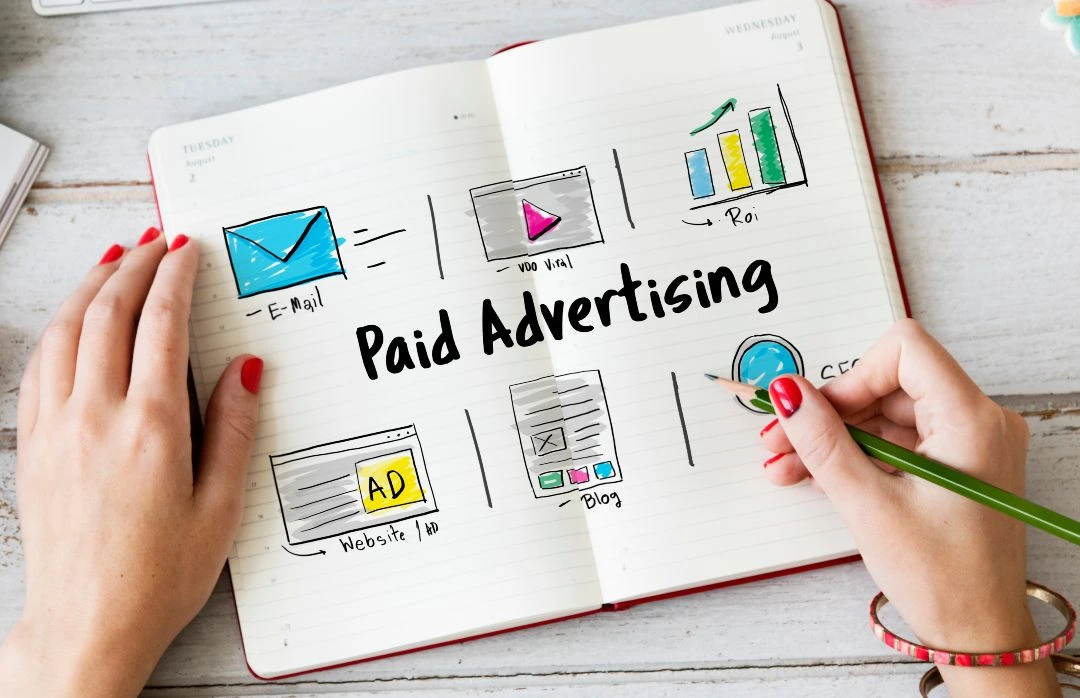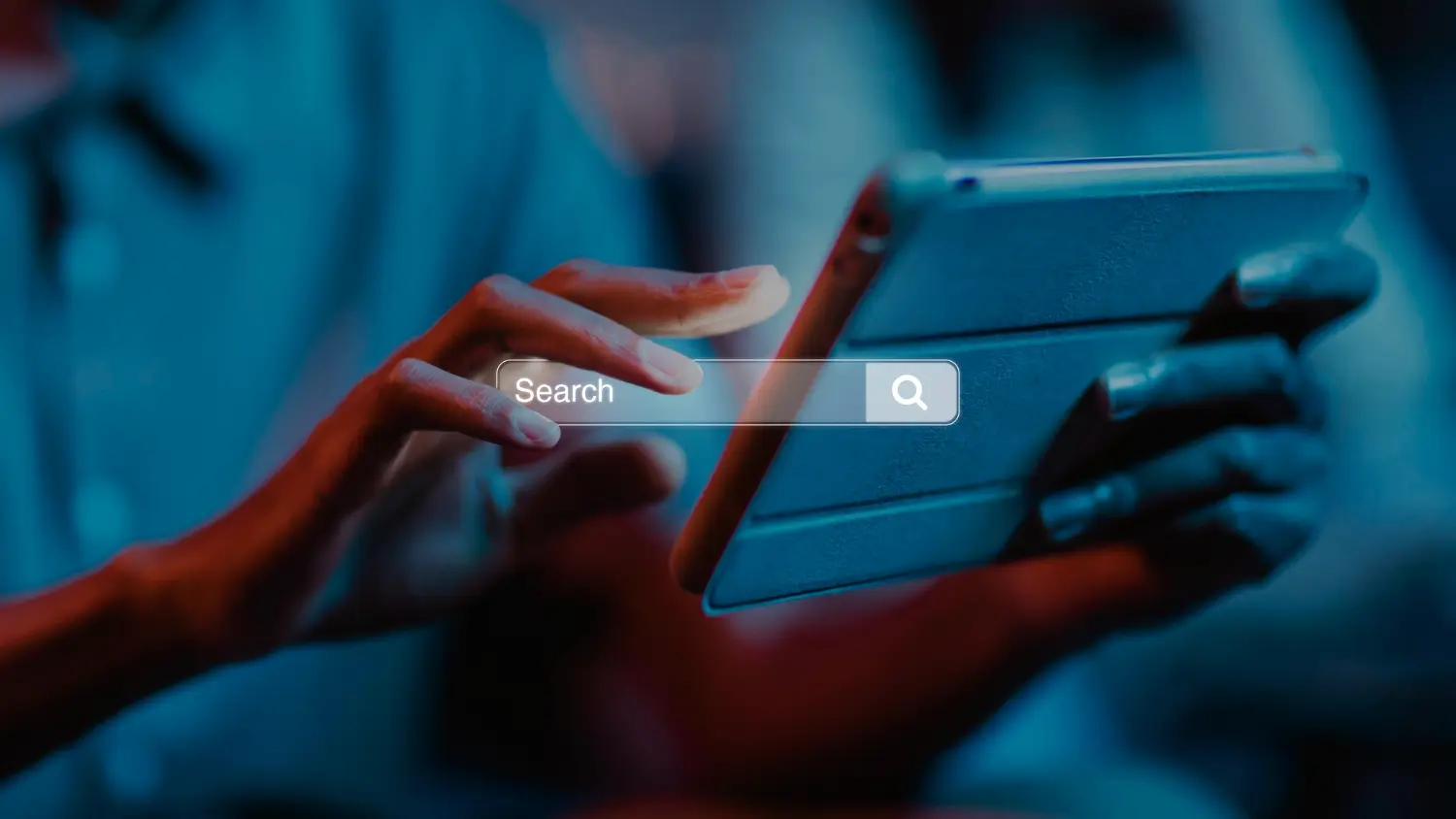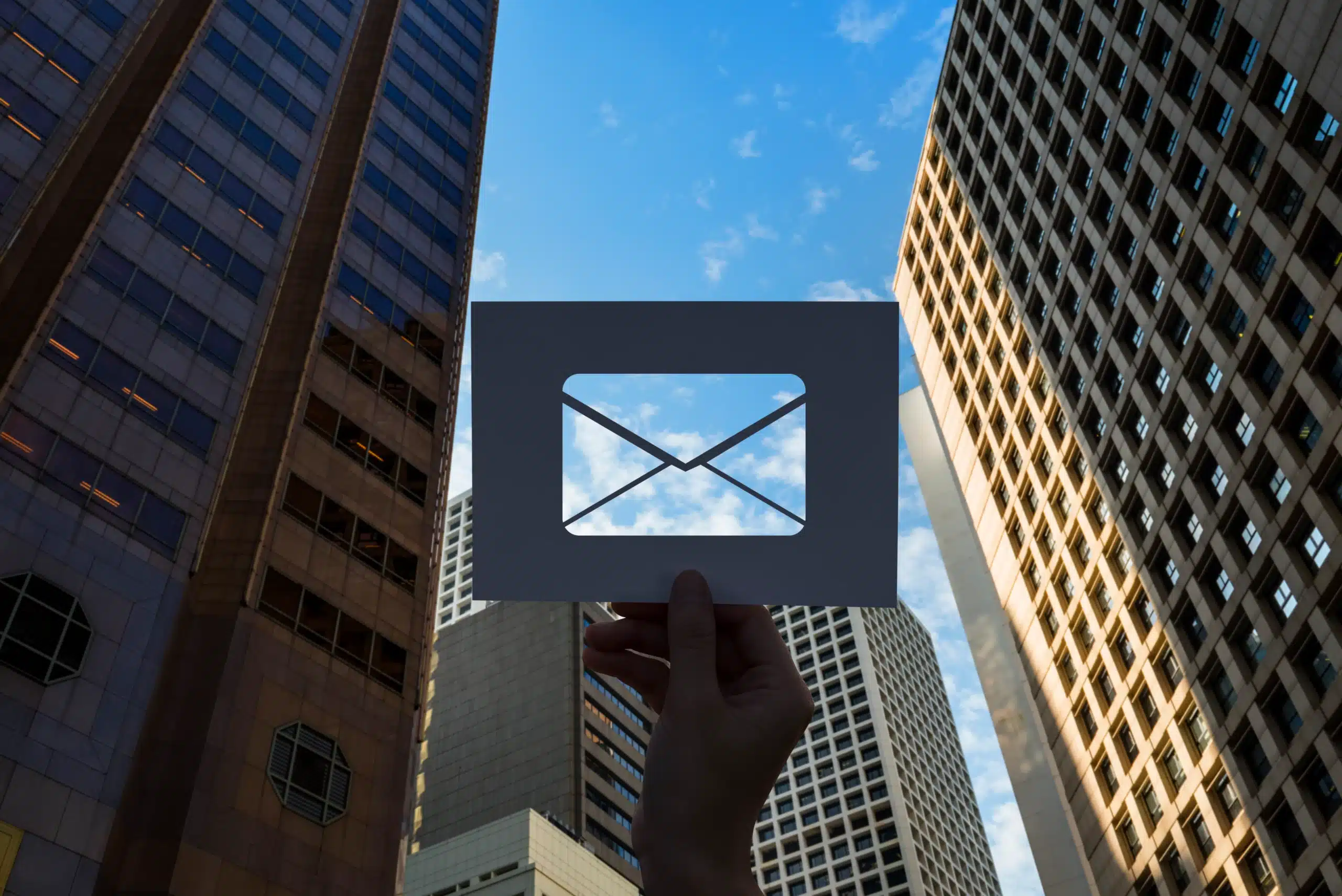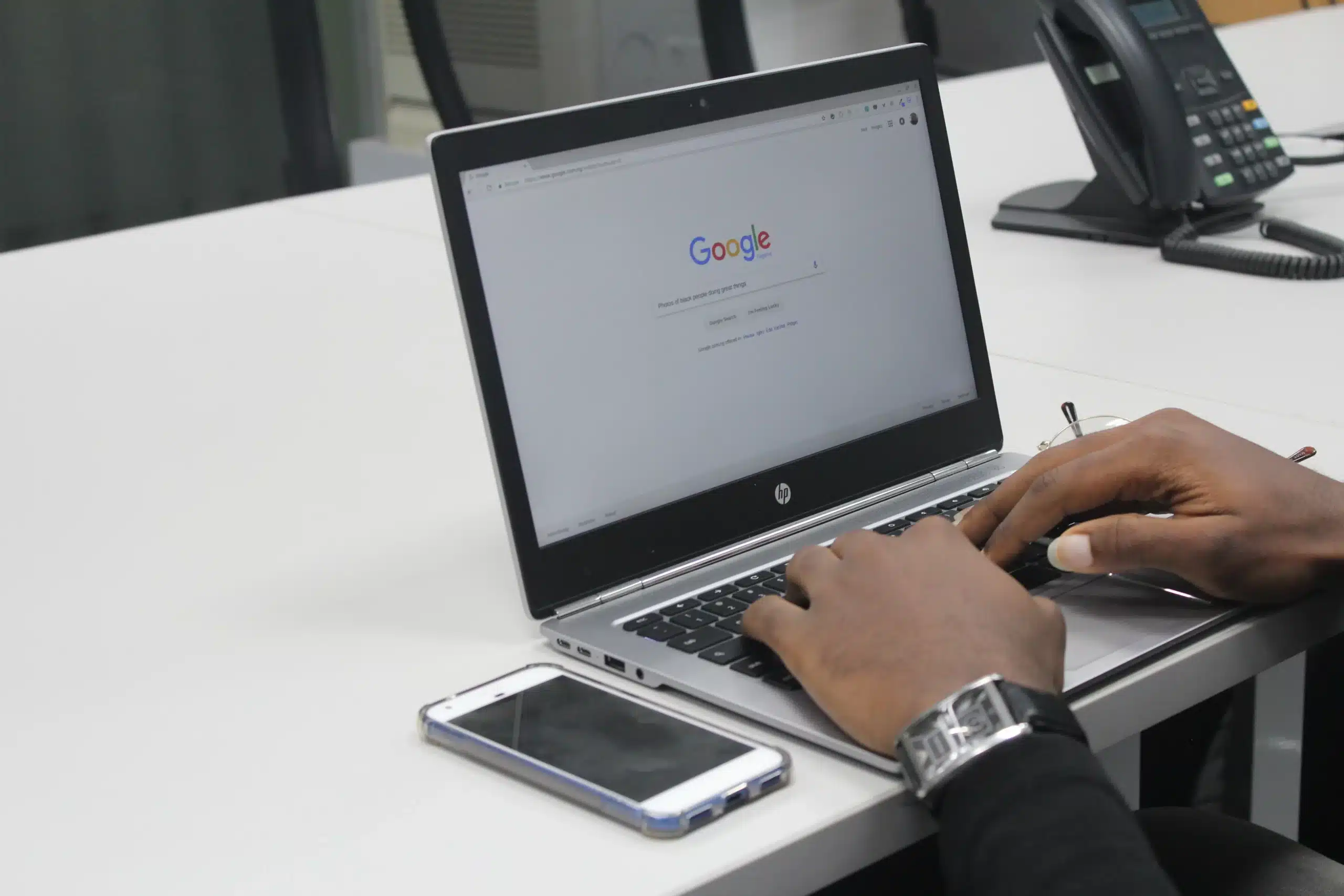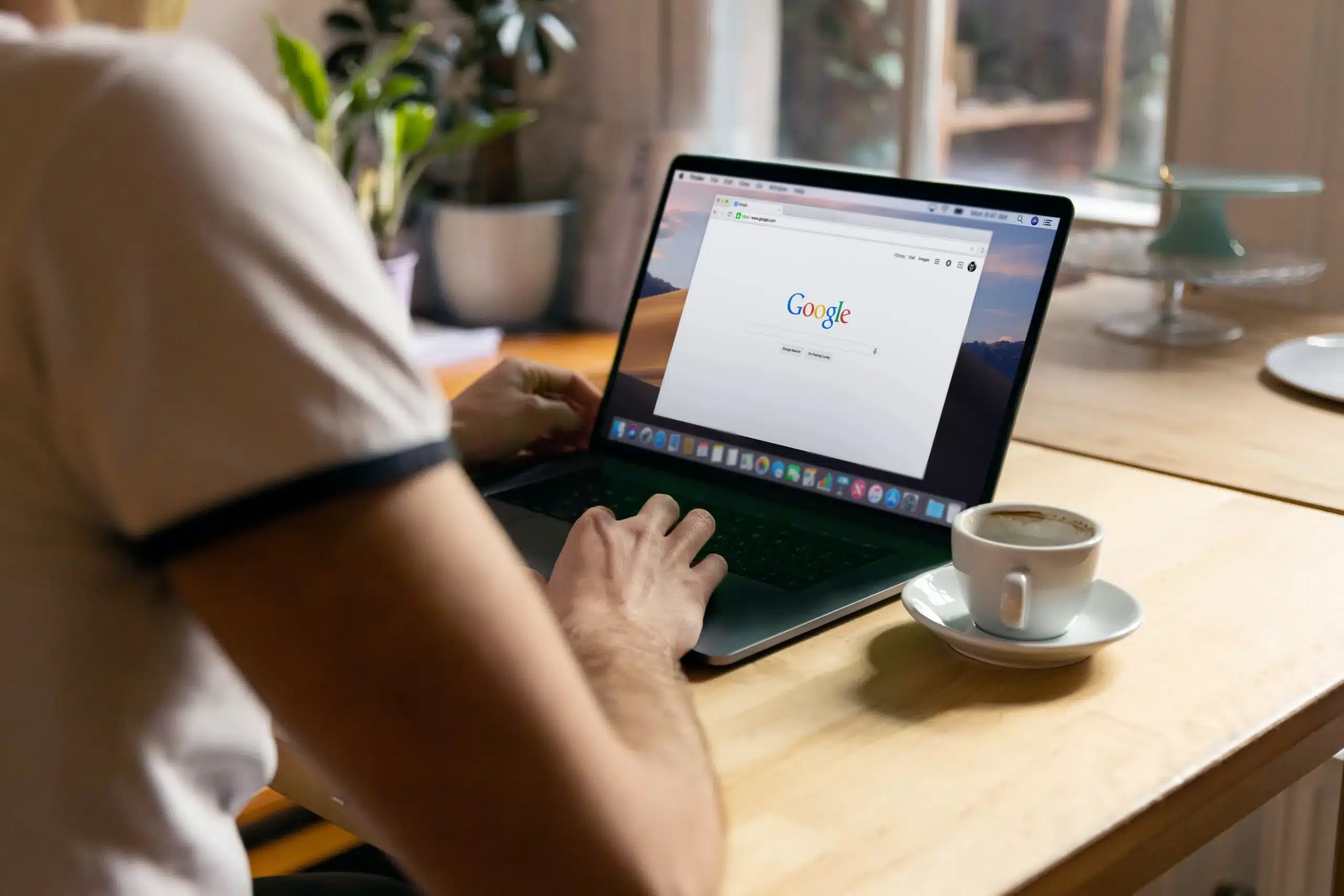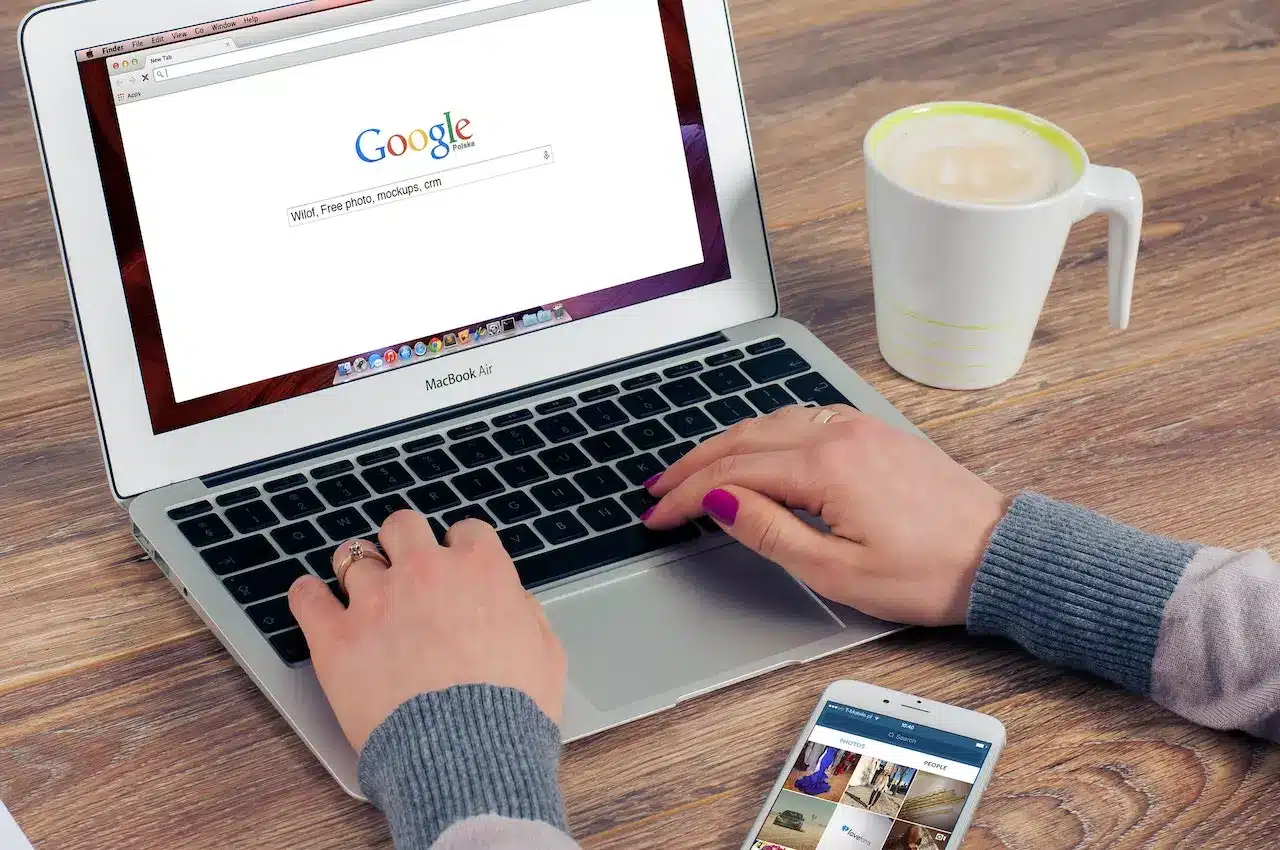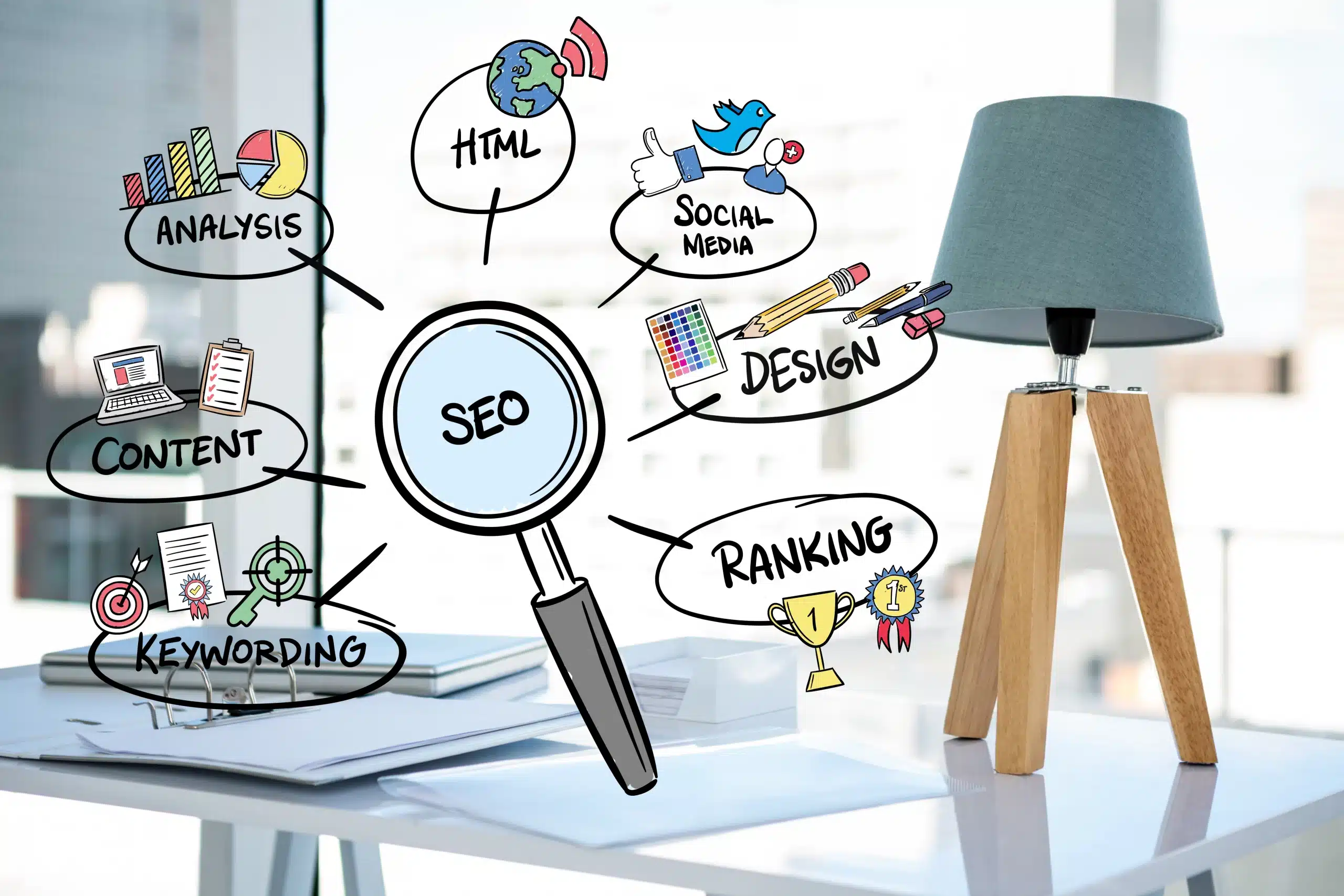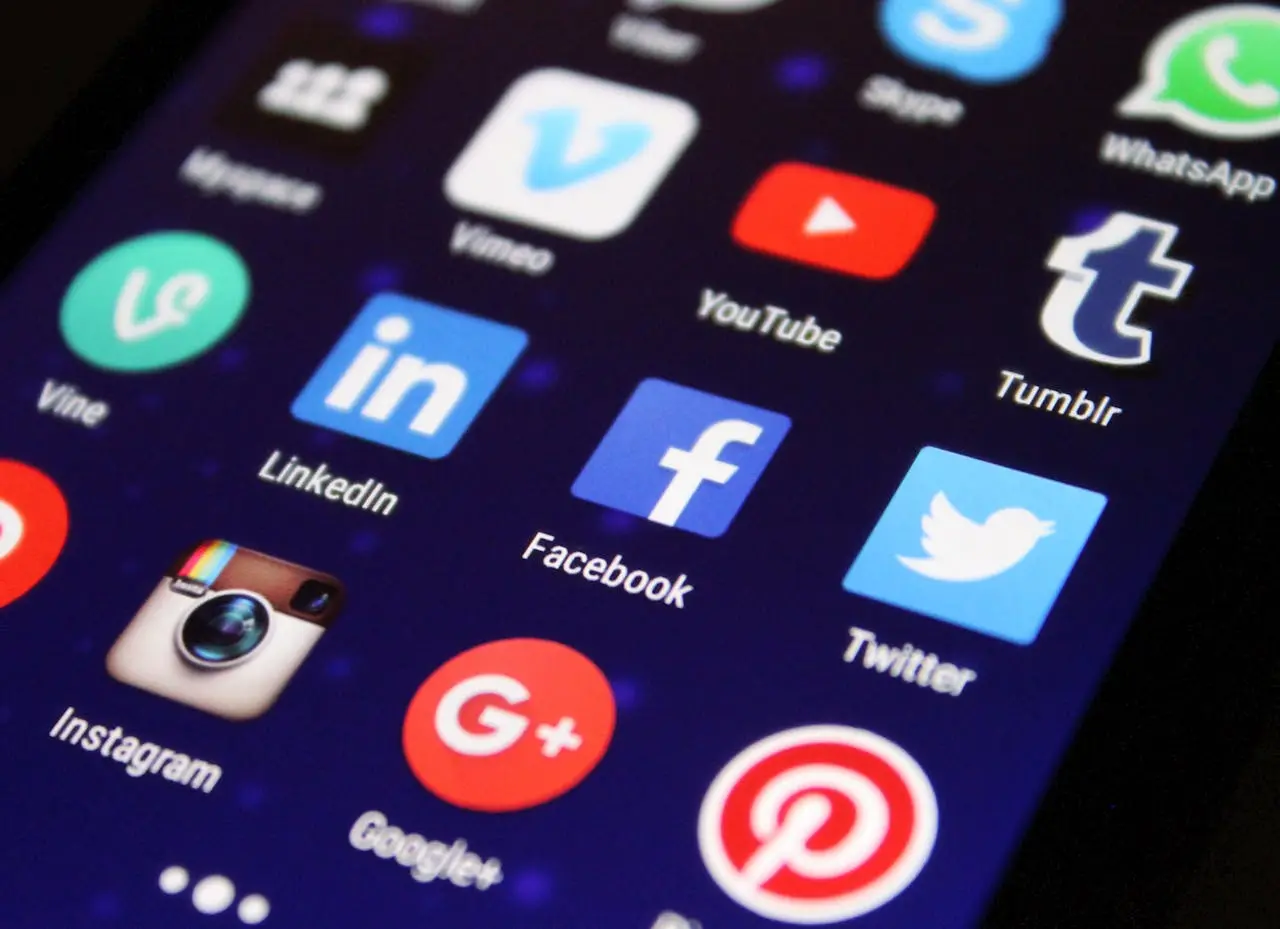ChatGPT didn’t just disrupt industries since its official release in 2022; it put them into a complete state of perplexity, and not many were more concerned about the future of their craft than copywriters.
Many a copywriter has, at some point or another, wished that there could be someone or something to secretly do their job for them (and for free). But now that this “something” exists, we’re unsure whether this is the AI friend we’ve been dreaming of or a foe that could render the vast majority of copywriters obsolete – talk about being careful what you wish for.
In this blog, we’ll take a look at ChatGPT and copywriting from various angles, understanding what it is and how it works, the pros and cons, and ultimately if there is a sweet spot where AI writing and copywriters can co-exist happily.
What is ChatGPT?
On the off chance you’ve either been living under a rock or somehow gone the last four months without any Wi-Fi, we’ll quickly catch you up. ChatGPT, short for “Generative Pre-trained Transformer,” is a language model developed by OpenAI, a company founded by tech and entrepreneurial moguls like Elon Musk, Sam Altman, Reid Hoffman, and Peter Thiel.
Using machine learning algorithms and technology called deep learning, ChatGPT is designed to simulate conversation and can create coherent and engaging responses that can seem uncannily human-like.
It works by using a neural network architecture called “Transformer,” which is trained on a massive dataset of text, such as Wikipedia articles, books, and news articles. This training process enables the ChatGPT to understand the nuances of human language, including grammar, syntax, and even contextual nuances.
As for its features?
ChatGPT can perform a wide range of language-related tasks, such as translation between languages (although it’s better at some languages than others), summarization, correcting grammar and question-answering, to name just a few. It can go from completing sentences to even generating entire articles or stories. Of course, we should not forget about its coding and various other abilities too.
AI marketing statistics show that businesses increasingly leverage AI tools like ChatGPT to automate content creation, enhance customer engagement, and streamline workflows. However, since ChatGPT is still very much in its infancy, it’s not entirely perfect and can generate some truly hilarious and nonsensical responses at times. But as it continues to learn and evolve, it’s likely to become more accurate and advanced over time.

The good, the bad, and the ugly of chatbot copywriting
Like just about everything in life, chatbot copywriting too has both advantages and disadvantages.
Pros:
Speed and Efficiency: One of the biggest advantages of using AI in copywriting is the speed and efficiency element it offers. Now copywriters can quickly produce large volumes of copy in minutes, if not seconds. Even if what’s generated isn’t word-perfect, it certainly can help with writer’s block and at least give a good framework to work from, making ChatGPT an amazing AI business assistant.
Data Analysis: AI is a wiz at analyzing vast amounts of data quickly and identifying trends and topics that may be of interest to specific audiences. This can help copywriters create content that is more relevant and engaging to their target audience.
A solution to unfamiliar territory: One of the major challenges copywriters face is having to write about something they are not familiar with. Naturally, getting up to speed by researching the given topic takes time. Now, with AI writing tools like ChatGPT, it can, for the most part, do the research for you. By inputting just some information about the topic, it can generate more text relevant to that topic.
Language accuracy: Most would agree that AI spells and constructs better sentences than most humans do. Now instead of worrying about spelling, grammar, and syntax issues, copywriters can focus more on refining the message and context of their work.
Cost Savings: The fact that ChatGPT has a free version is a cost-saver on its own, but it can also help reduce costs associated with content creation by automating repetitive tasks and possibly eliminating the cost of some other tools and platforms that require subscriptions.
Cons:
Lack of Creativity: While AI can create grammatically correct and somewhat engaging content, it may lack the creativity and nuance that a human copywriter can bring to the table. This can result in content that is technically sound but is clichéd, lacks personality, and fails to connect with audiences on a human level.
Quality Control: ChatGPT gleans its “knowledge” from various sources on the internet, but if the COVID-19 pandemic or the Cambridge Analytica scandal taught us anything, it’s that you can’t trust everything you read. Therefore, AI-generated content should be taken with more than just one grain of salt and be checked by experts or linked to reputable sources to ensure that it is factually accurate.
Job Displacement: The use of AI in copywriting has raised many concerns about job displacement and the future of the profession. While we’d like to say that it will only be a tool to enhance the efficiency and productivity of the pros, it is a real possibility that would-be clients may choose to forego hiring a professional and use the tool to try writing content themselves.
Dependence on Technology: The reliance on AI-powered writing tools is the real threat to human creativity in this equation, not necessarily the tool itself. It can hinder creativity and limit the ability of copywriters to think outside the box and develop original ideas.
Inability to Handle Complex Topics: At this stage of the game, AI still tends to struggle with complex topics that call for a deep understanding of the subject matter. Often, the best you will get is content that is superficial or lacks the depth and nuance required to engage and inform audiences effectively.

So, is this the end of human copywriters?
While some believe that copywriting Armageddon has arrived, many professionals view it as a new opportunity and a great supplementary tool. With the help of AI, copywriters can focus more on strategy and higher-level thinking while leaving the more mundane tasks to machines.
The truth is, like any technology, ChatGPT will be what you make it or allow it to be. This is not the first, and won’t be the last, technological advancement to shake things up. But one thing we humans have proven time and time again to be really good at is adapting. One thing is for certain: AI is here to stay. So instead of trying to fight against it, it’s just a matter of learning to adapt to it.
Copywriters still have a wealth of creative power to offer the world. After all, copywriters don’t throw a few nice-sounding sentences together and that’s that; they bring emotions, insights, and unique perspectives to the table. Something that bots can’t truly replicate – at least not yet.
Need a written content piece that has a true human touch?
Contact our experts.




